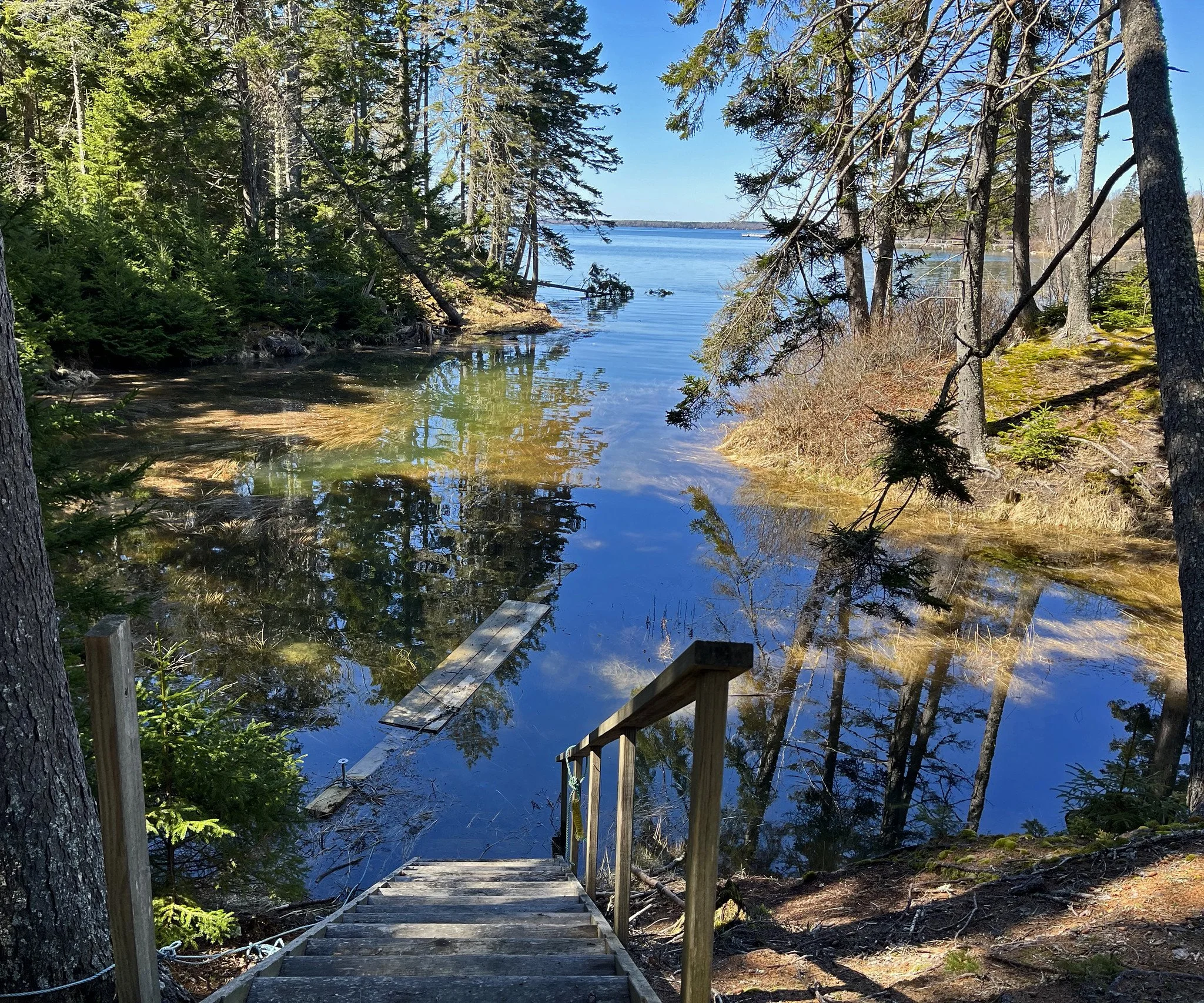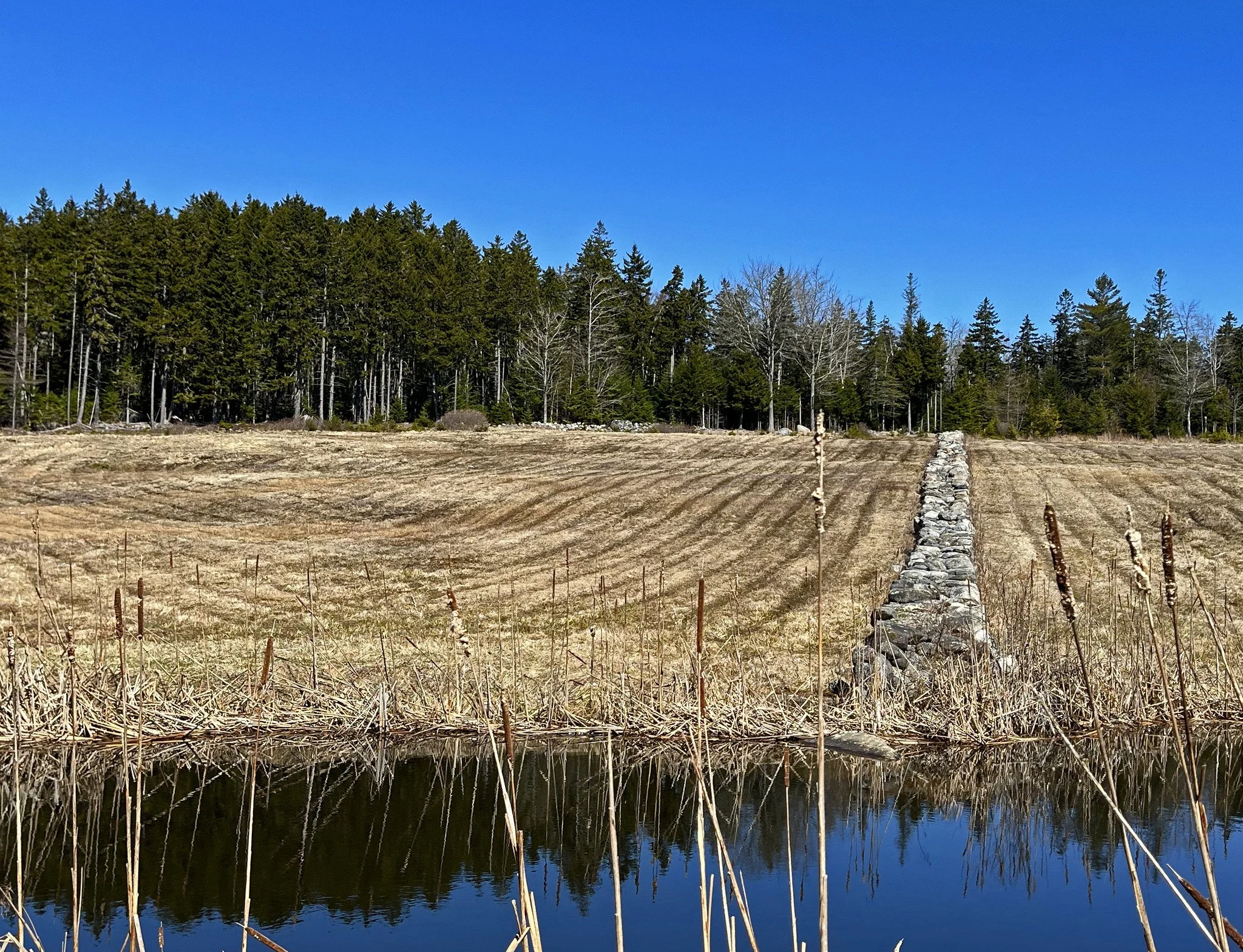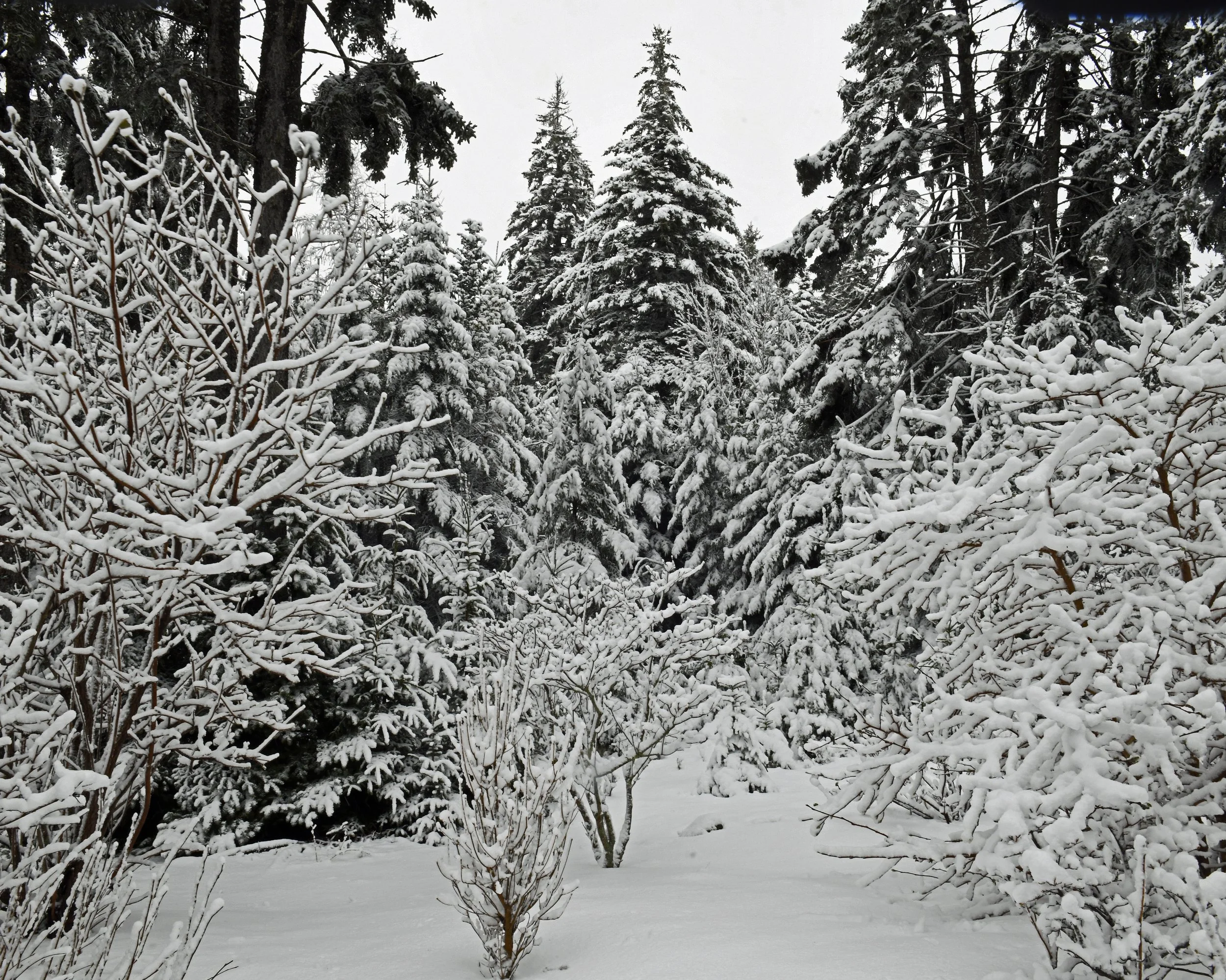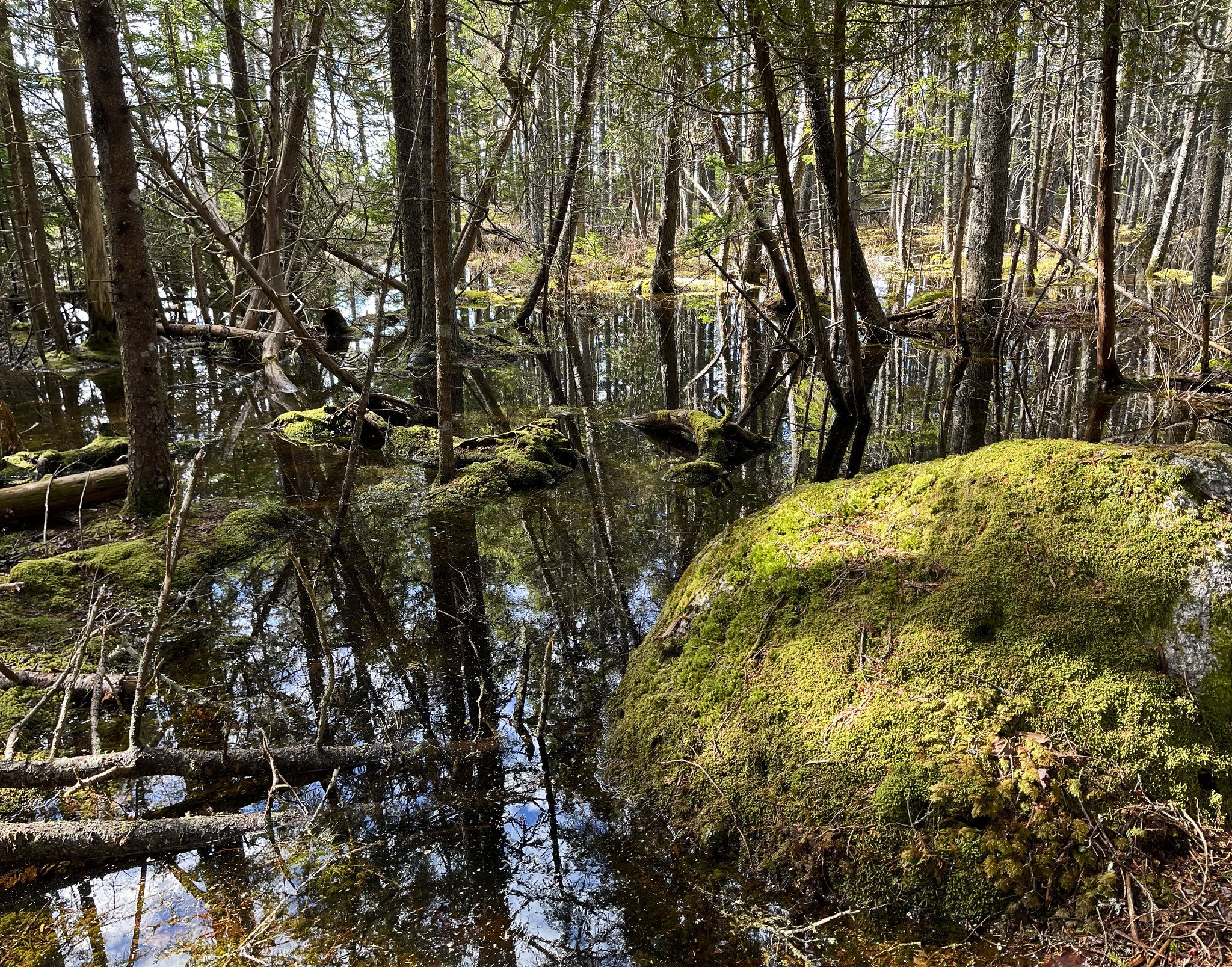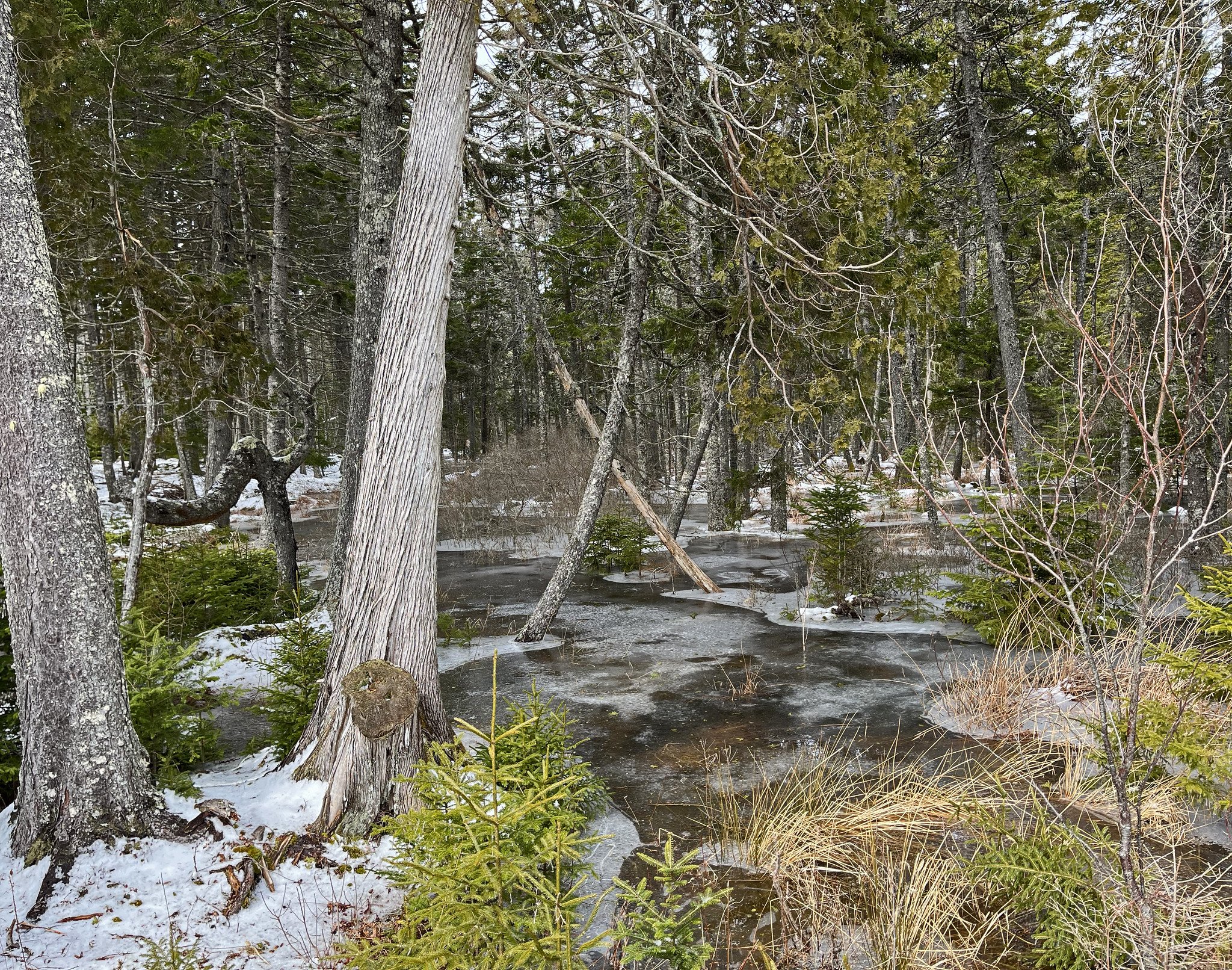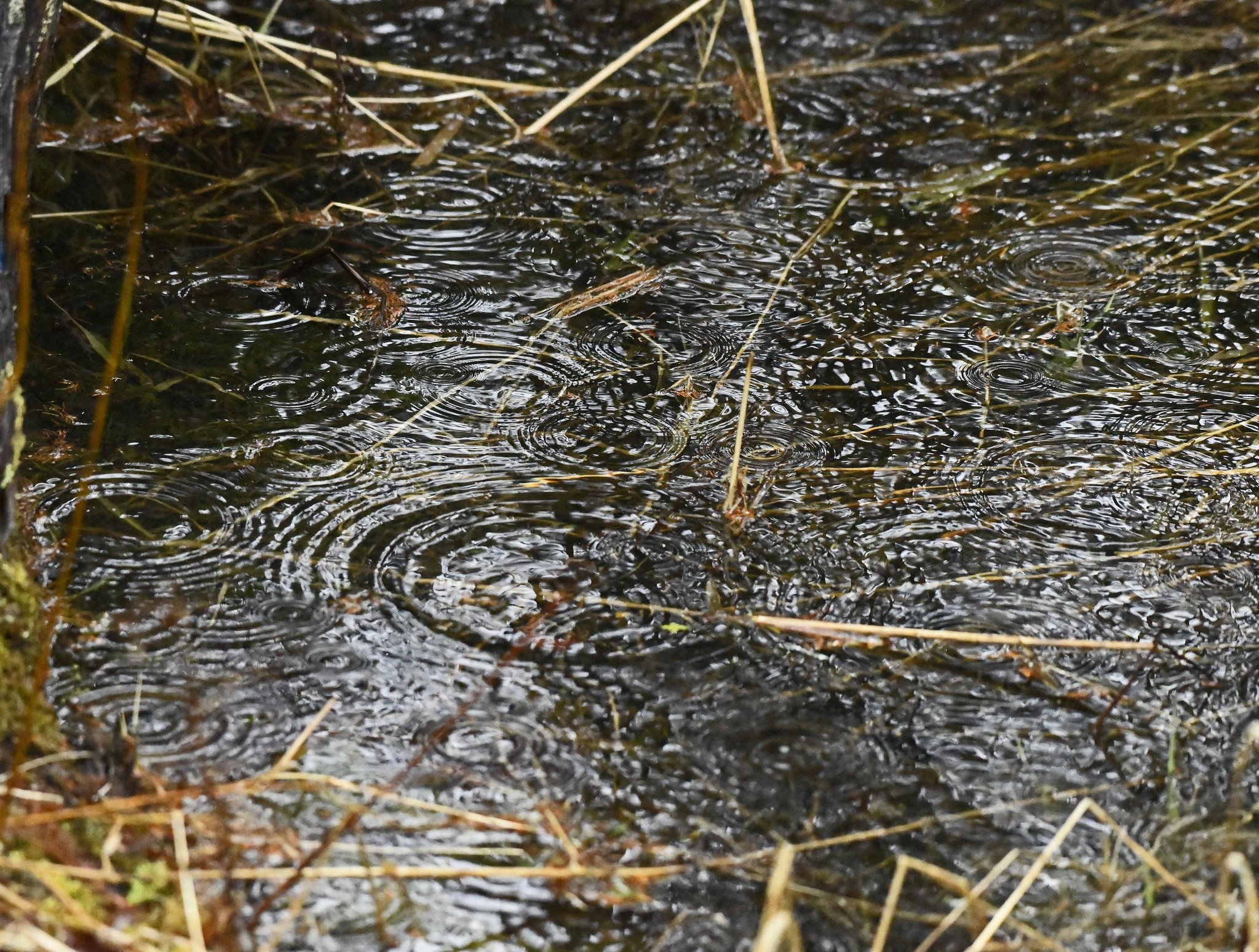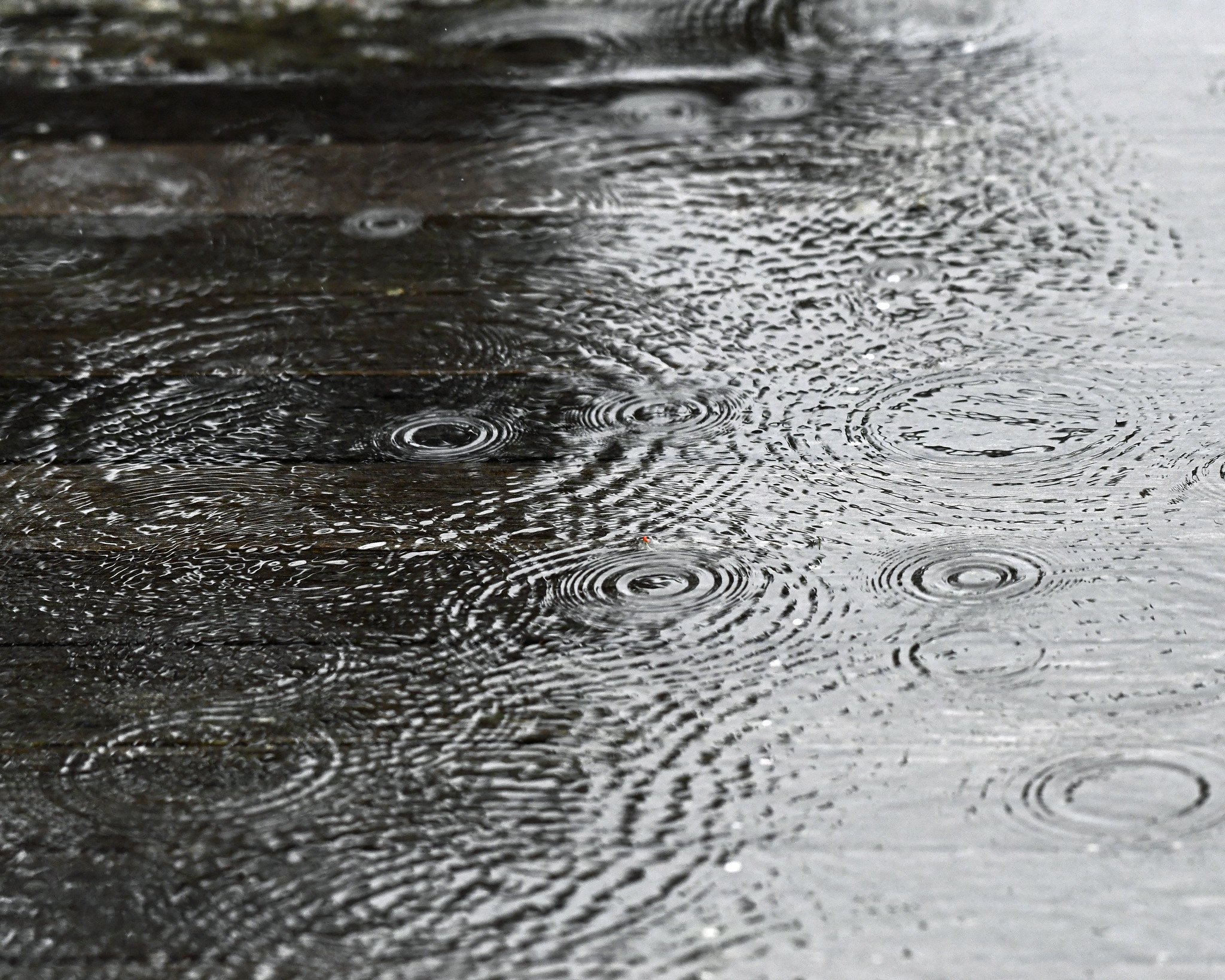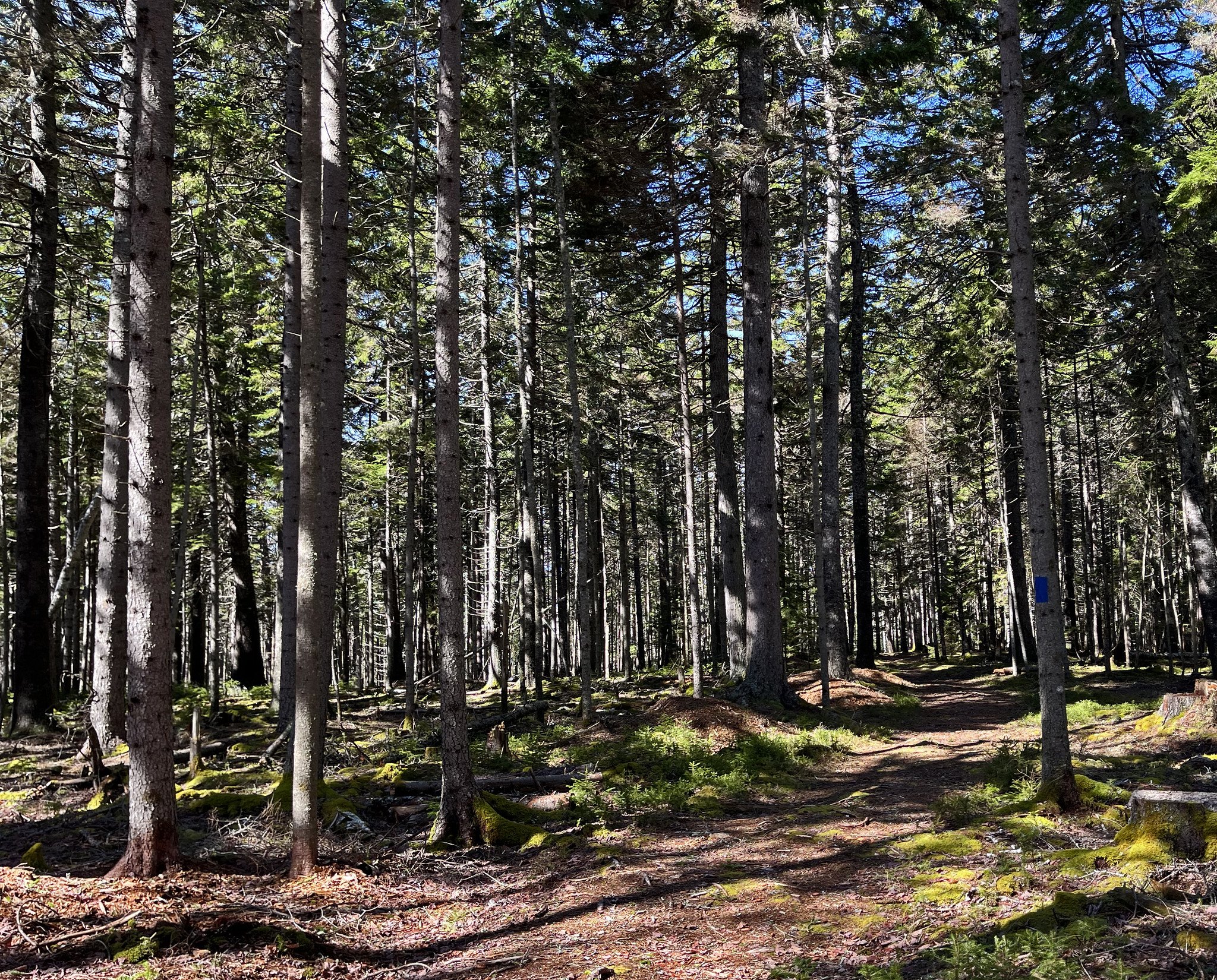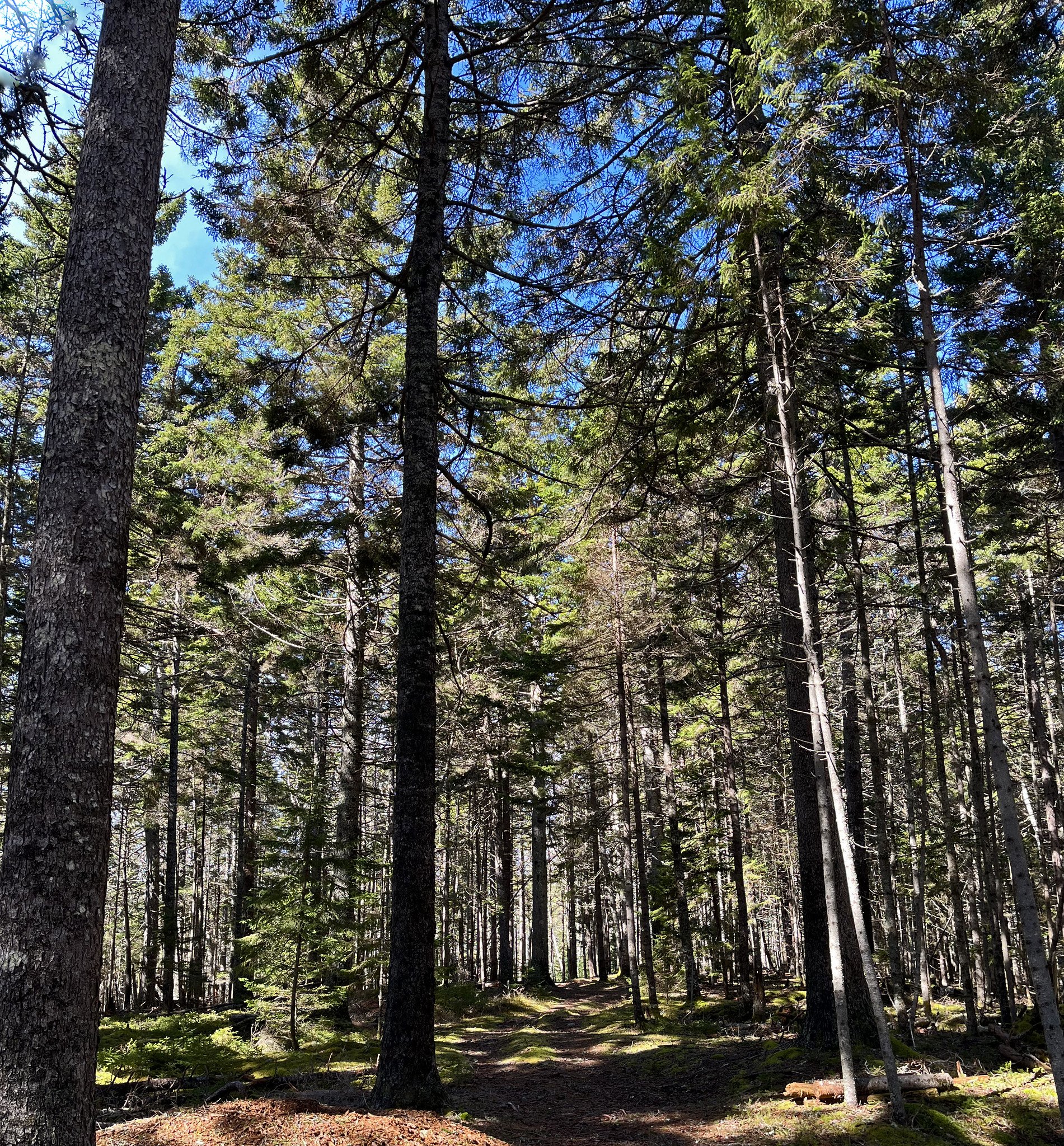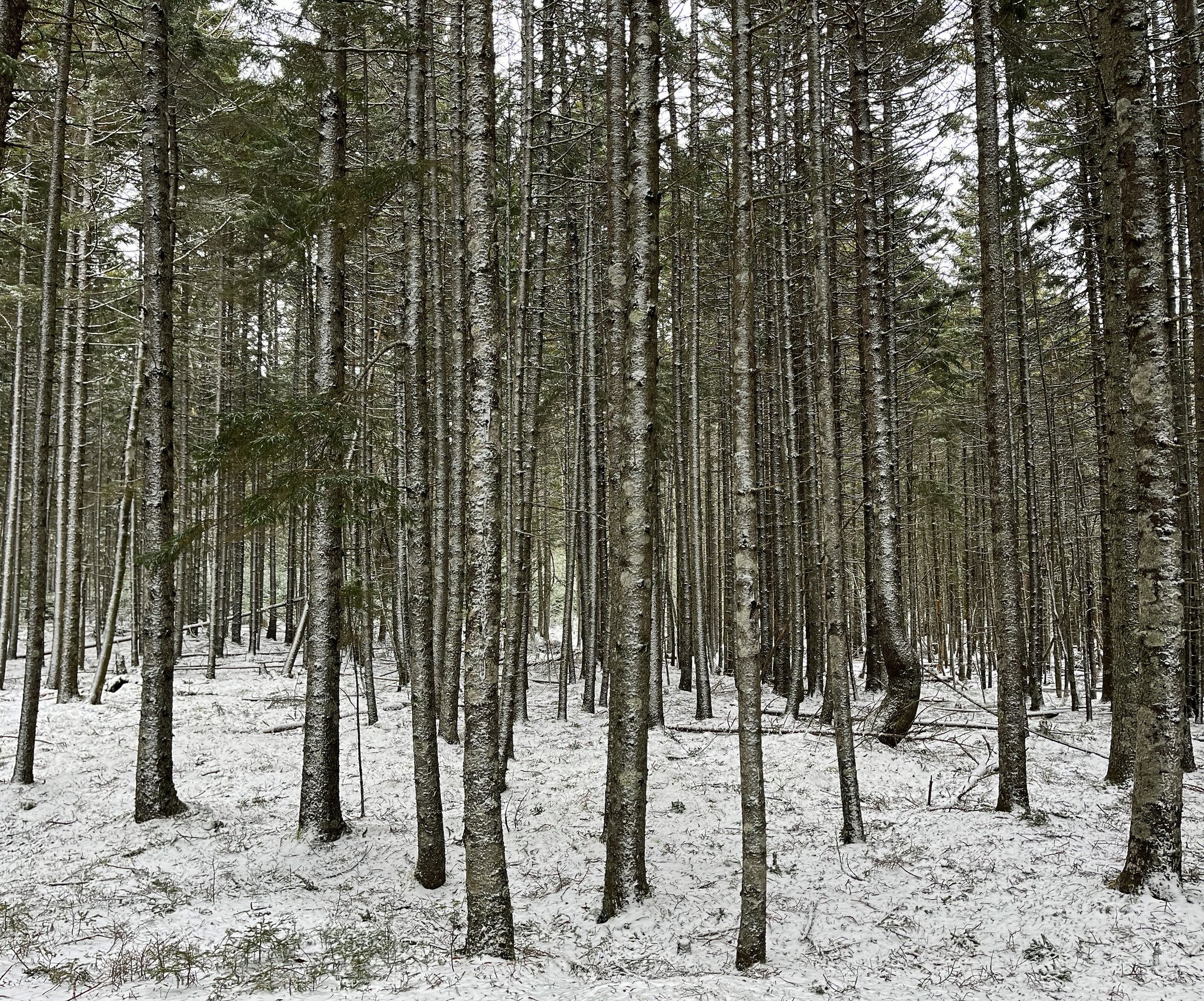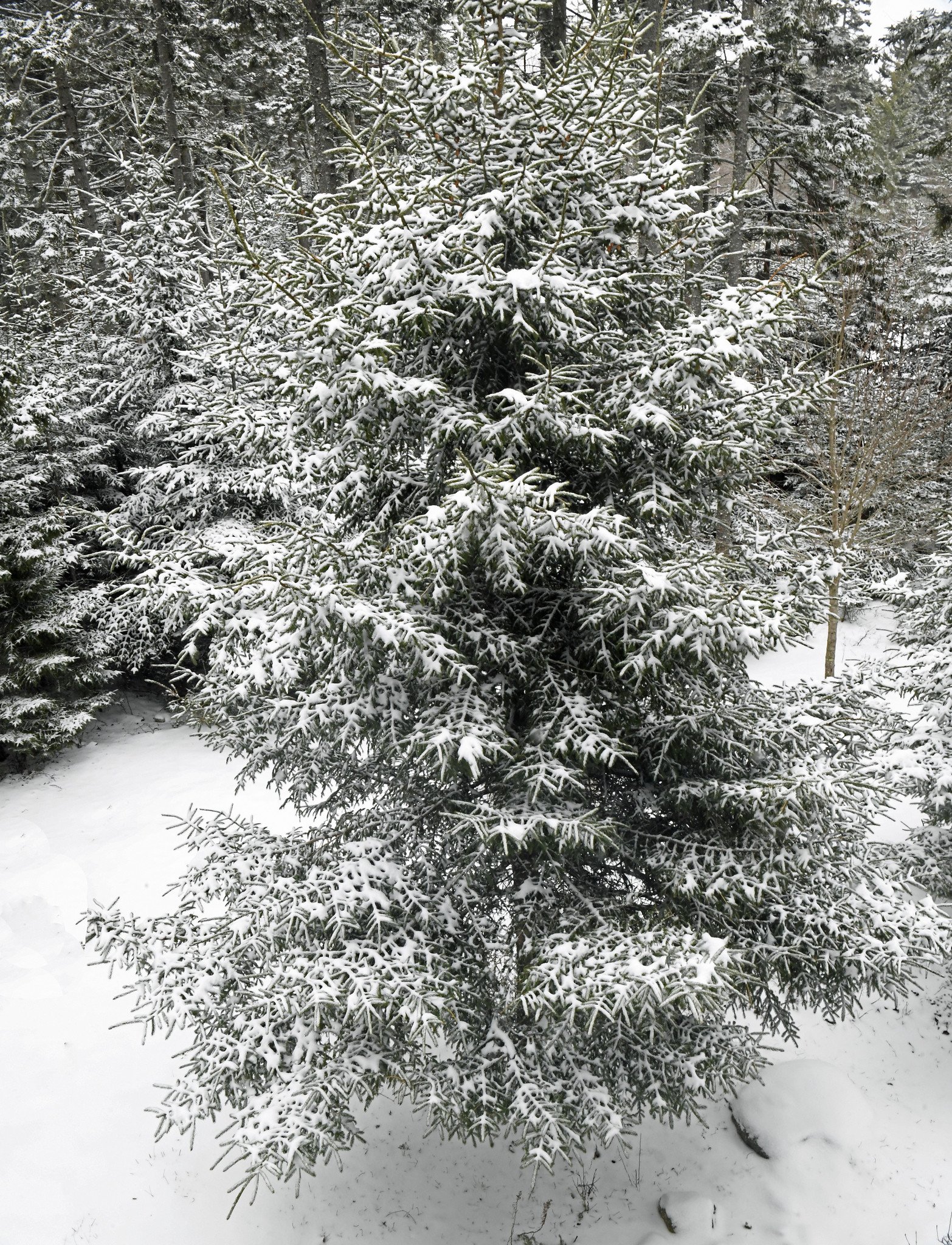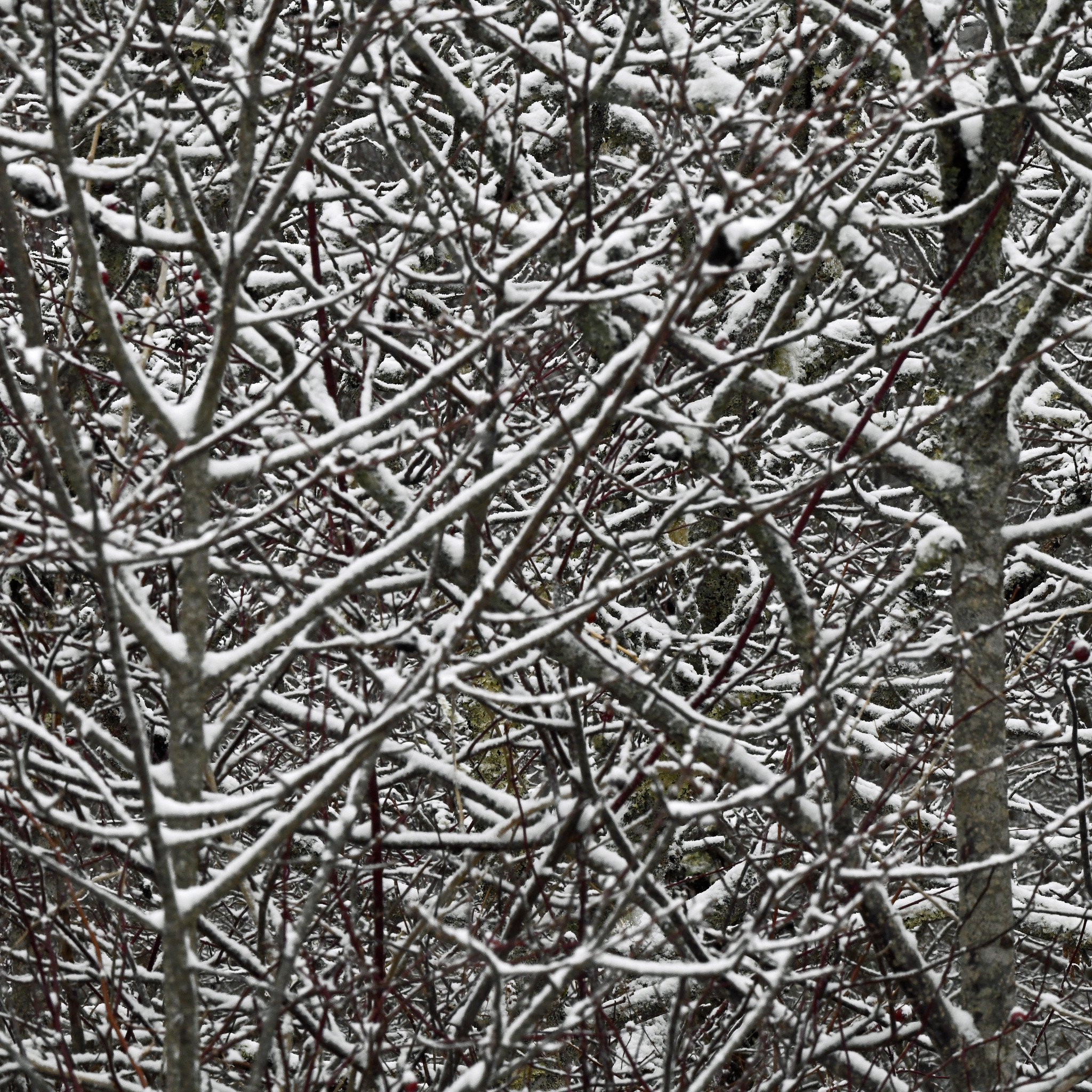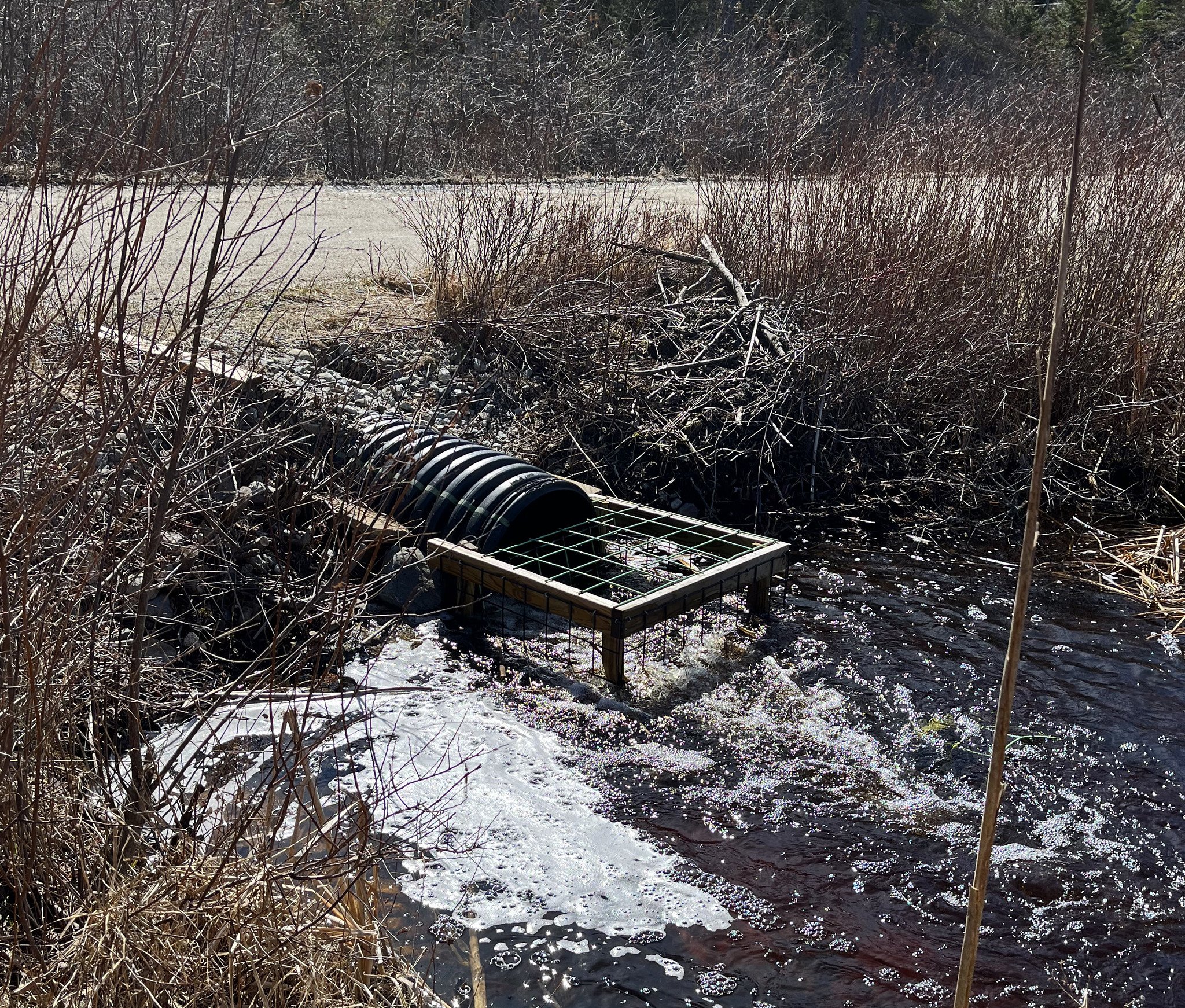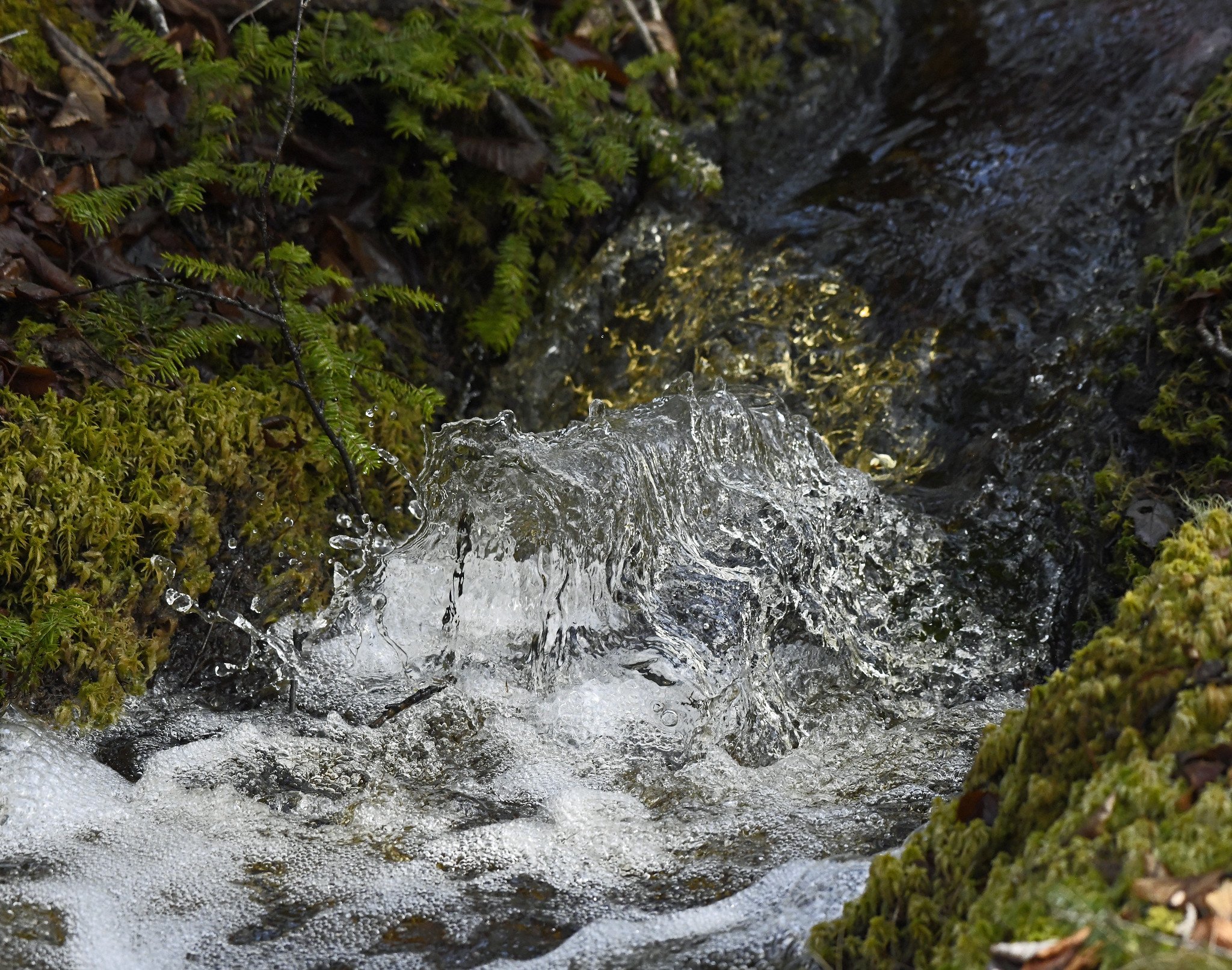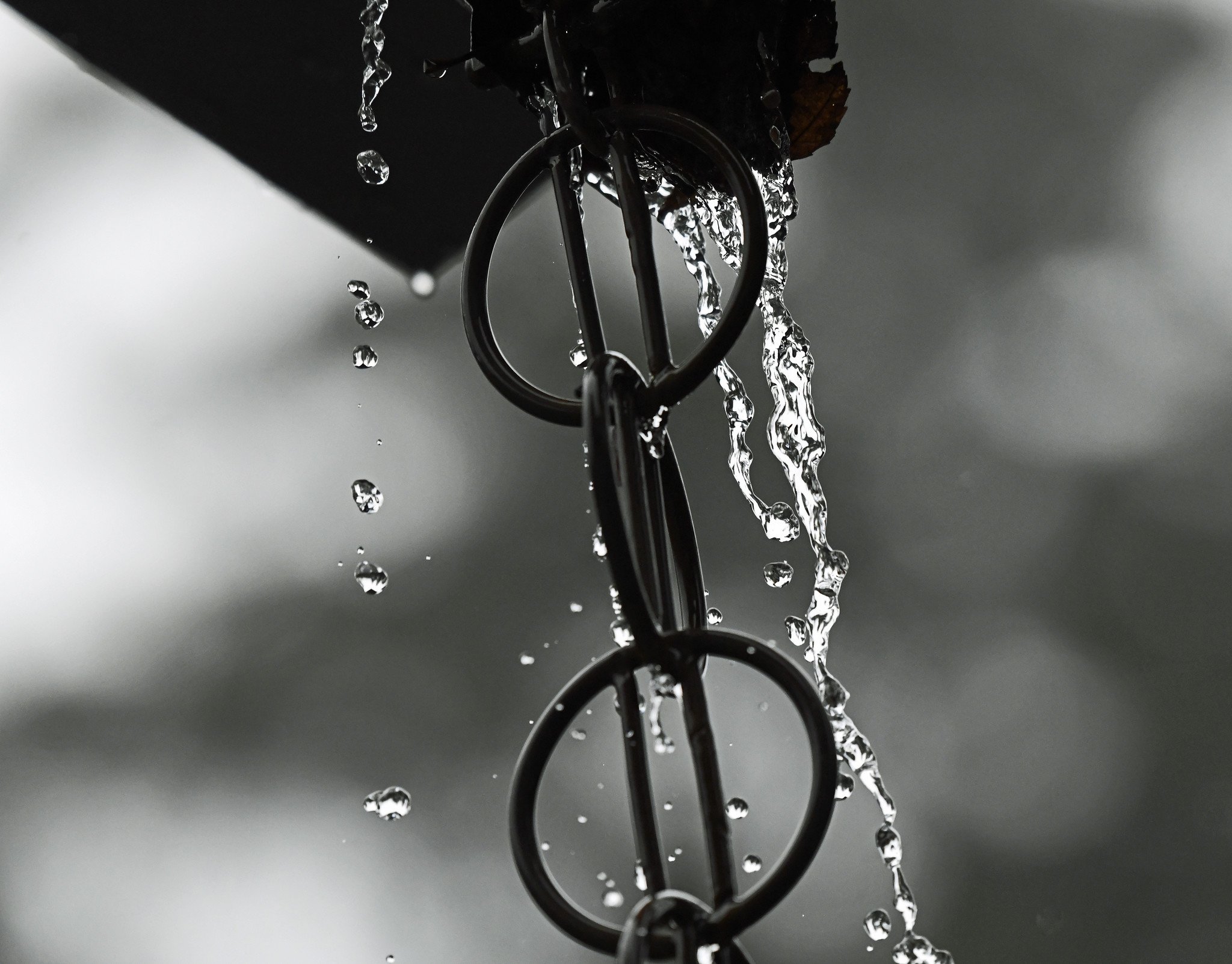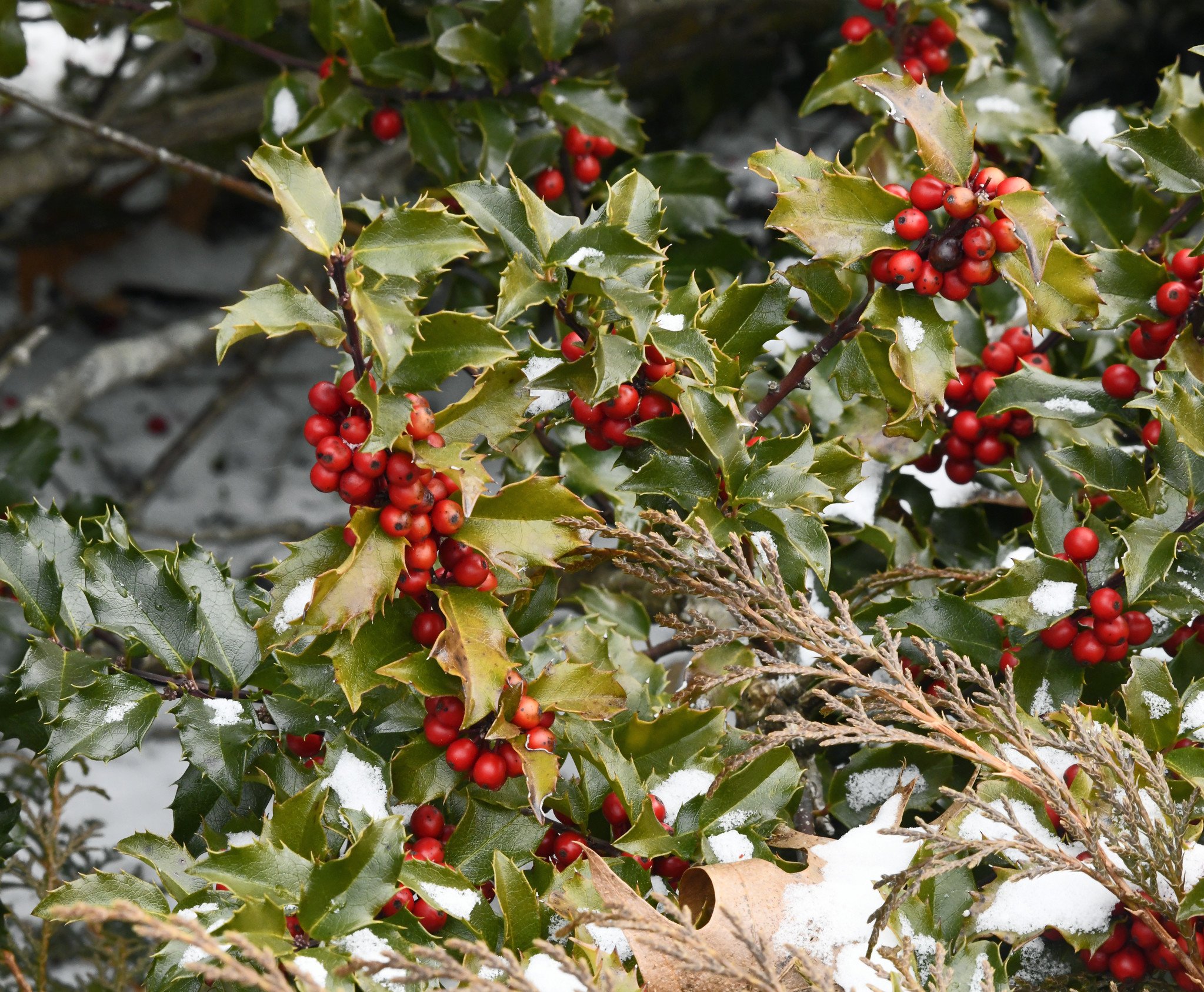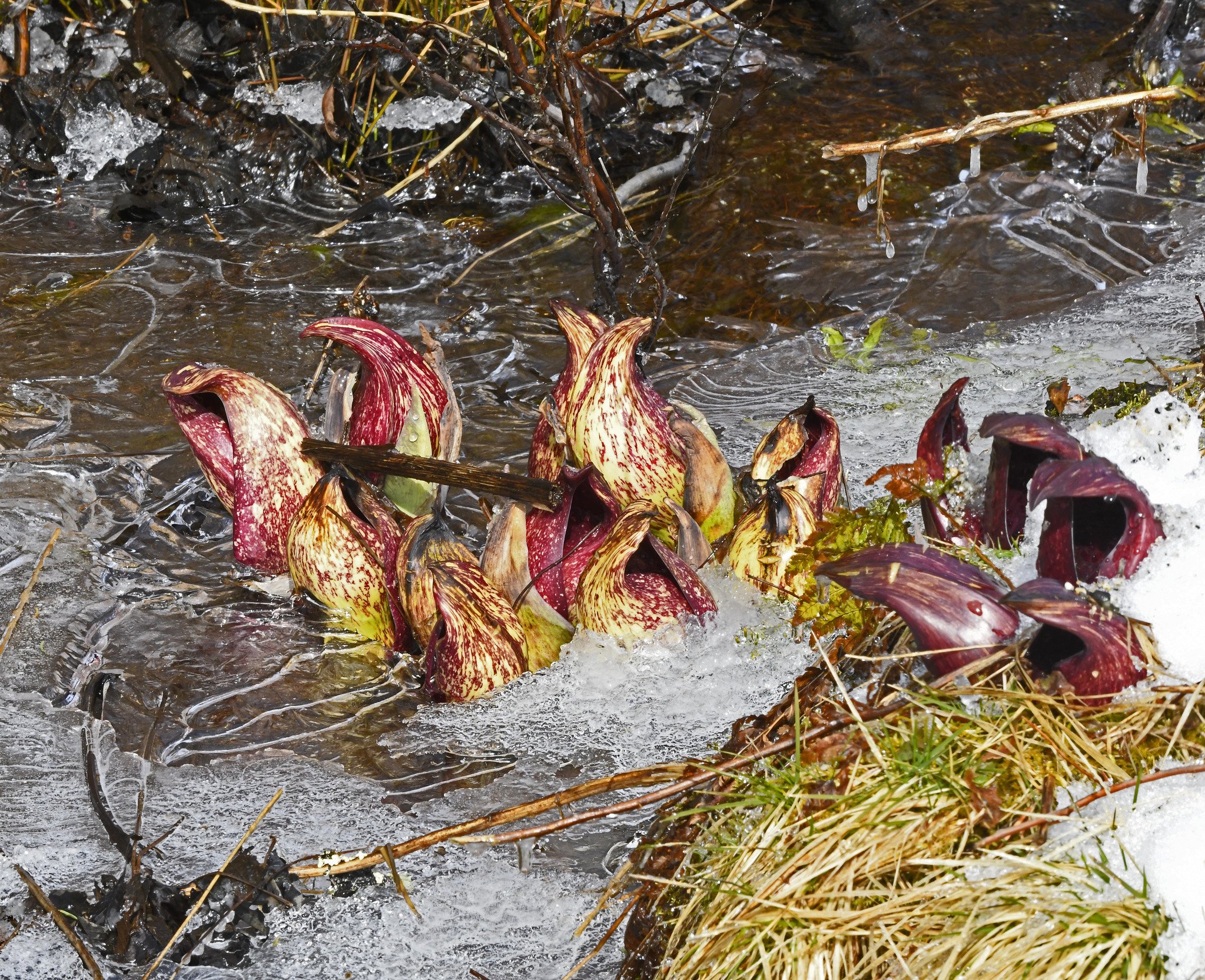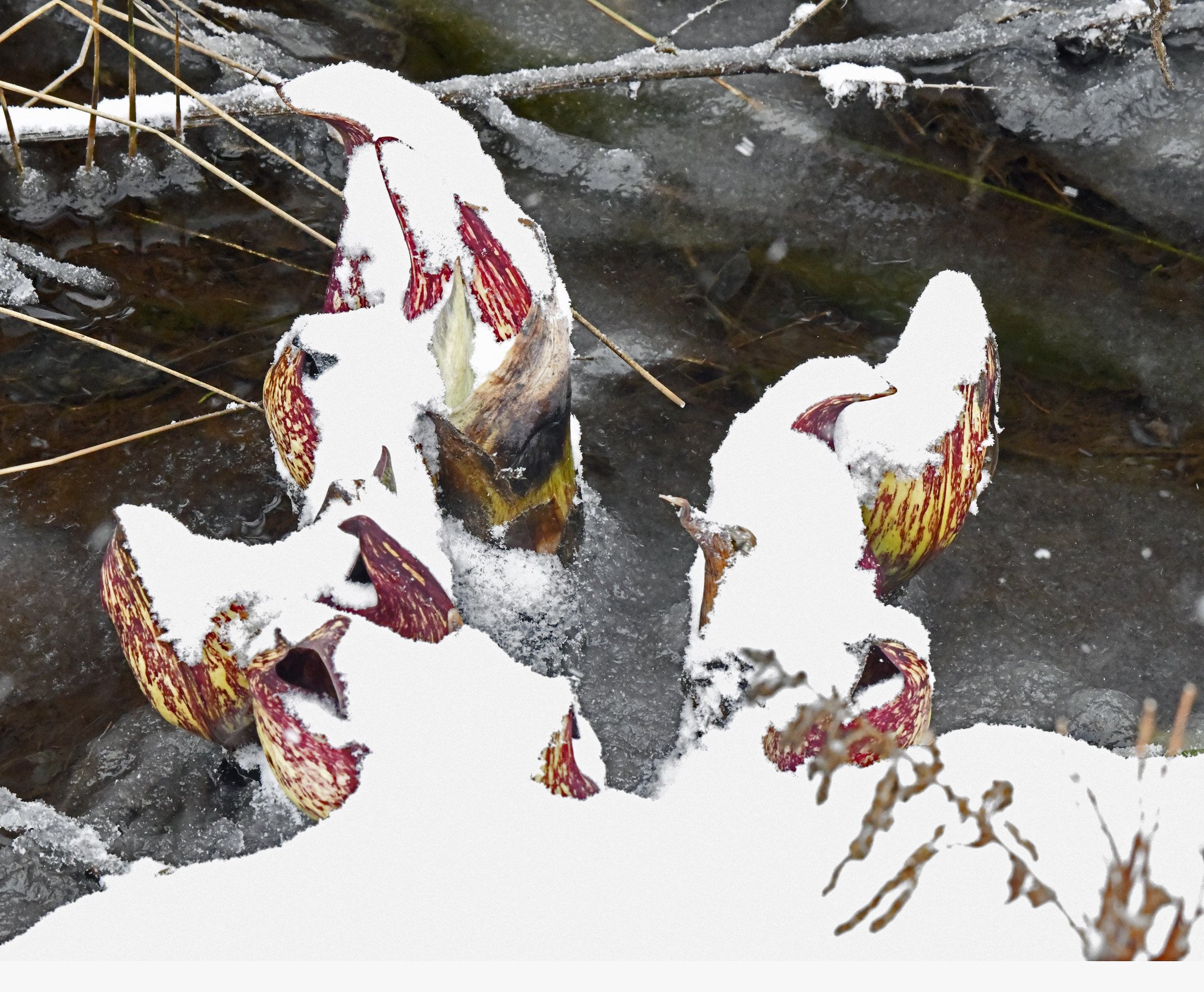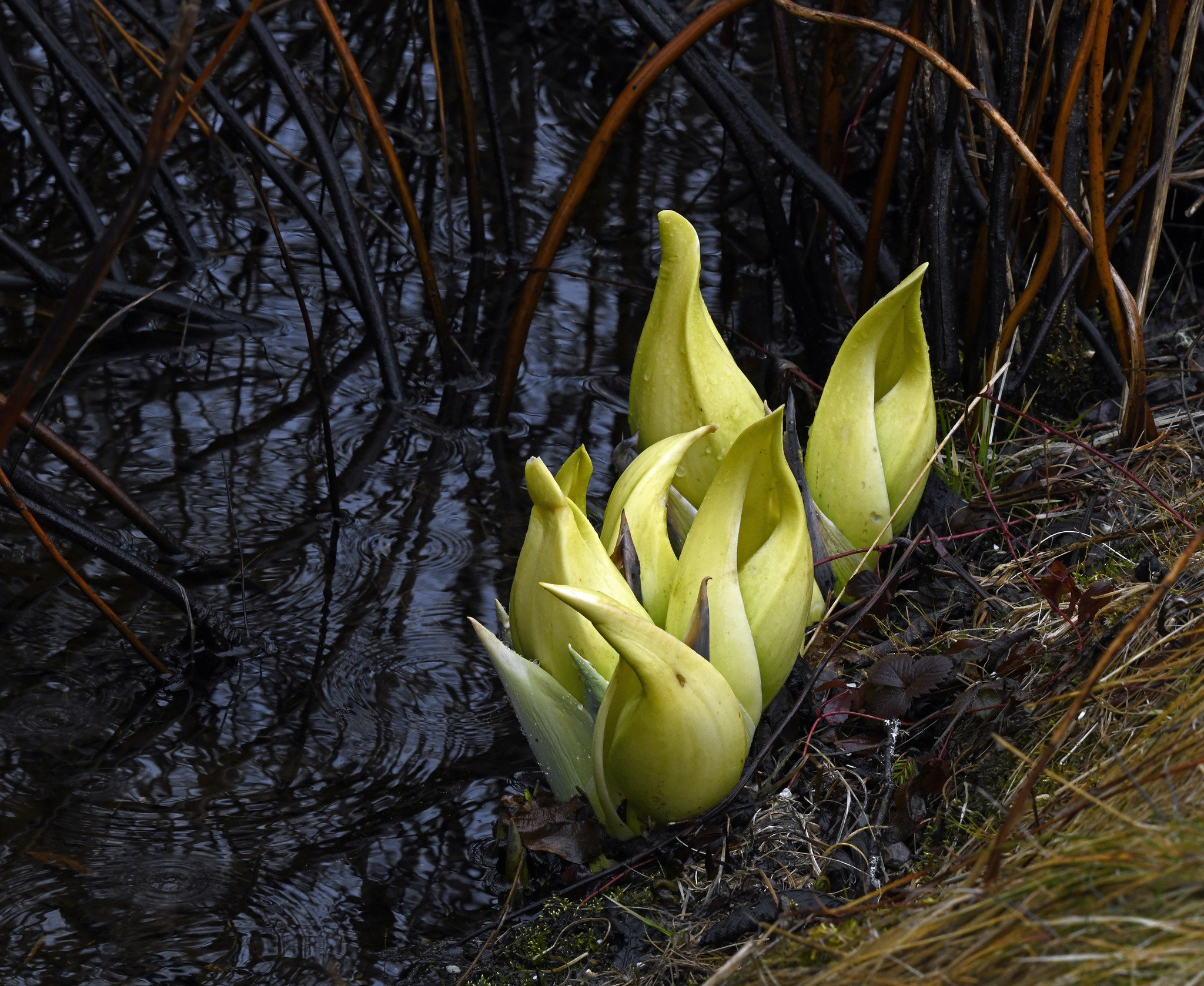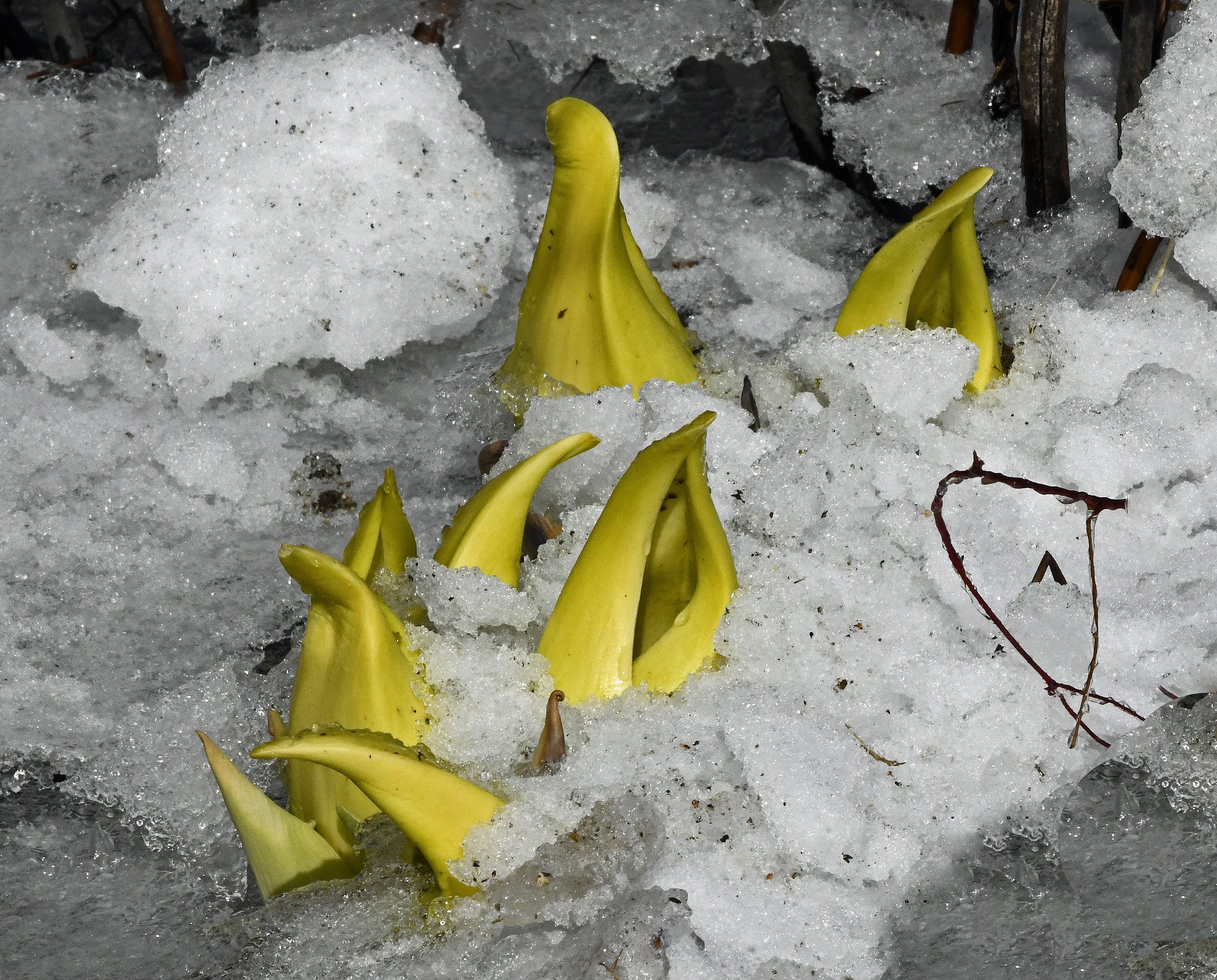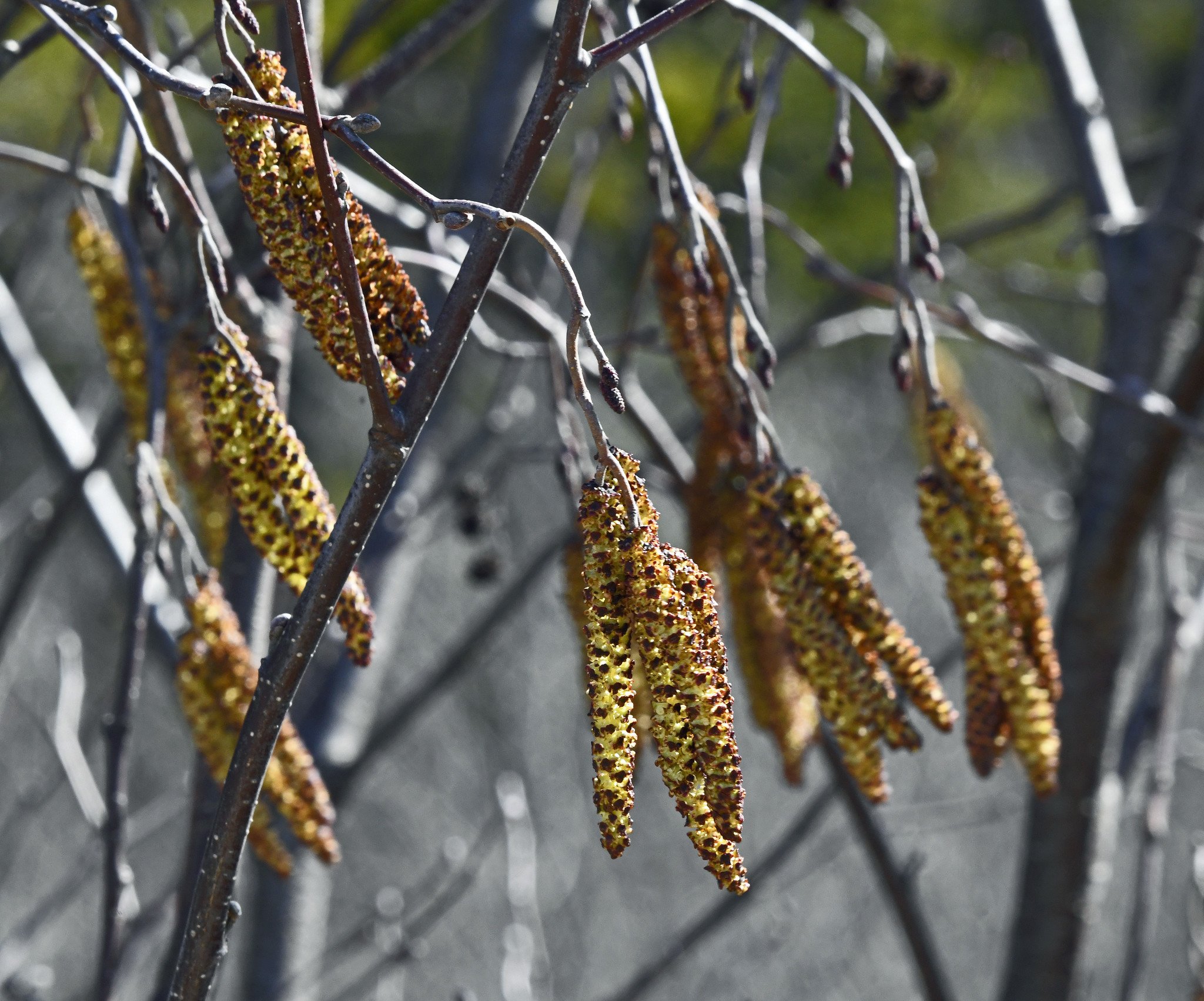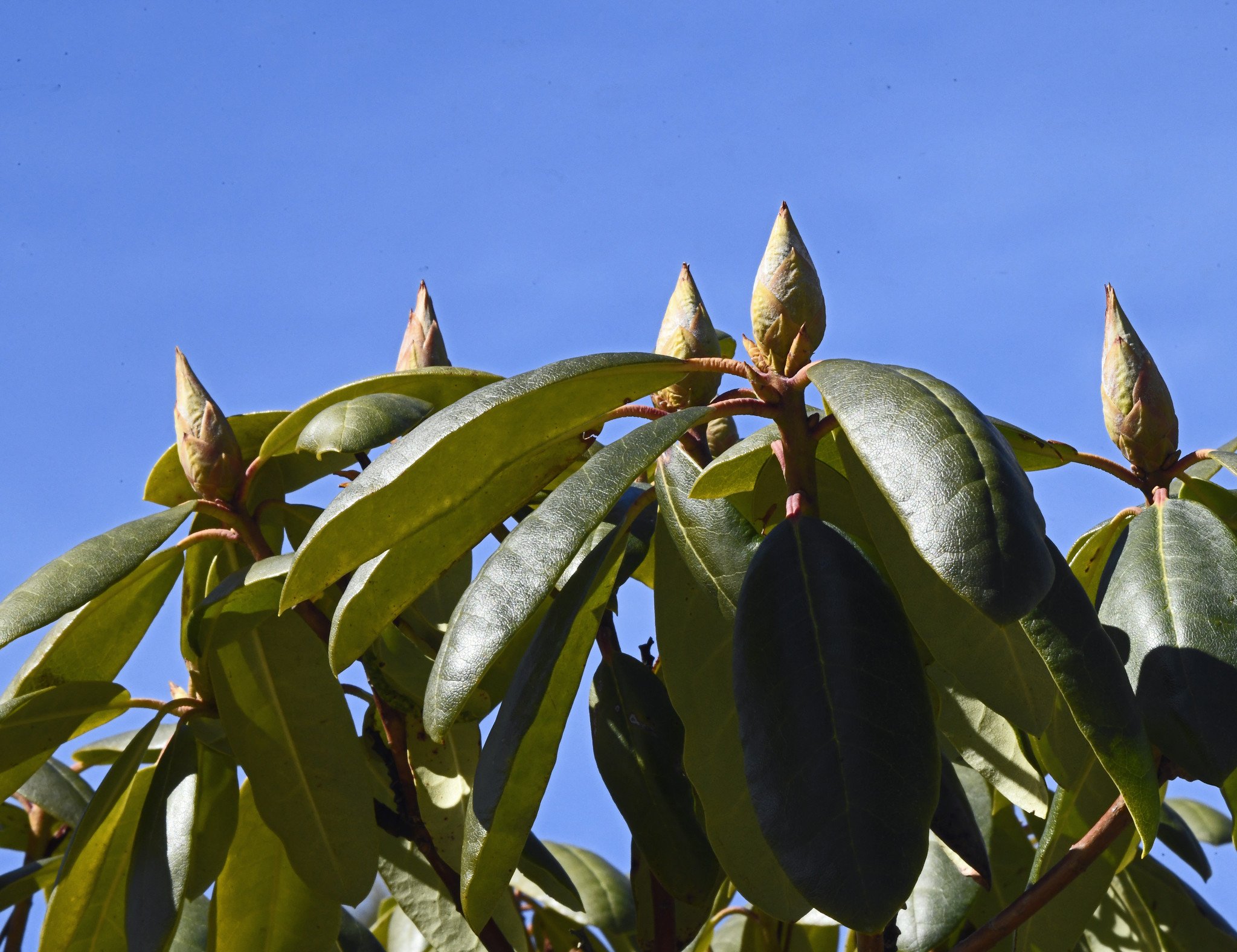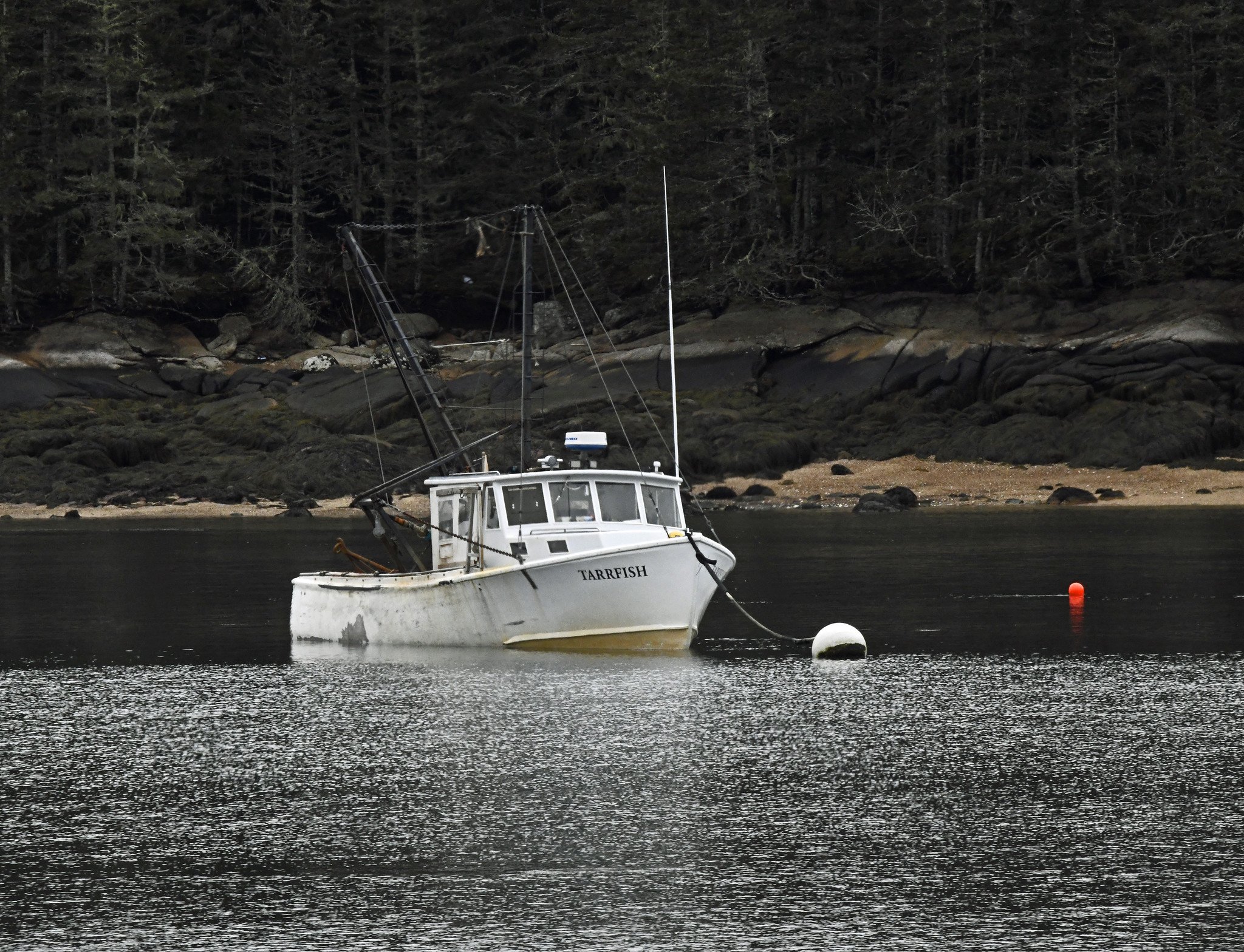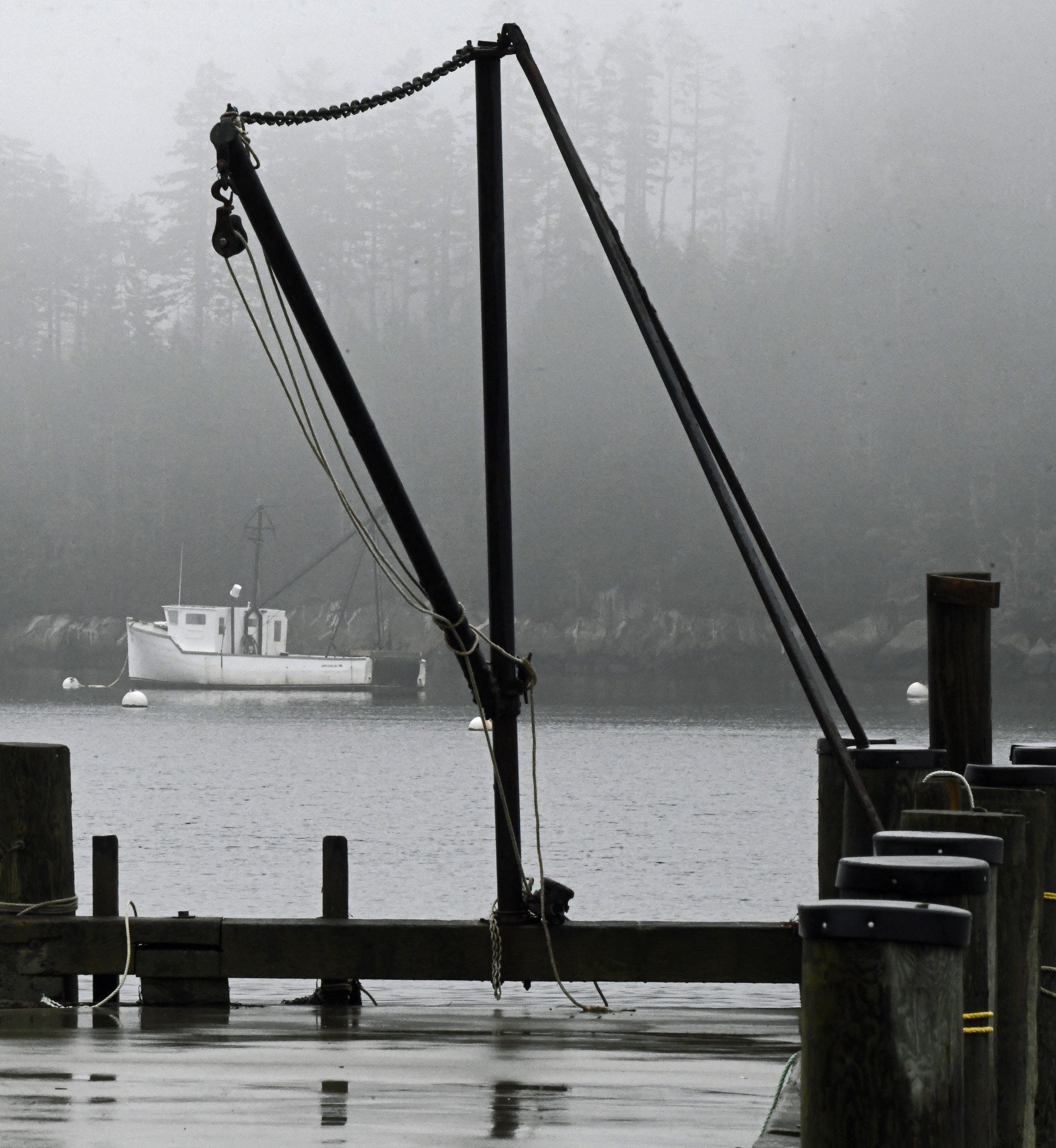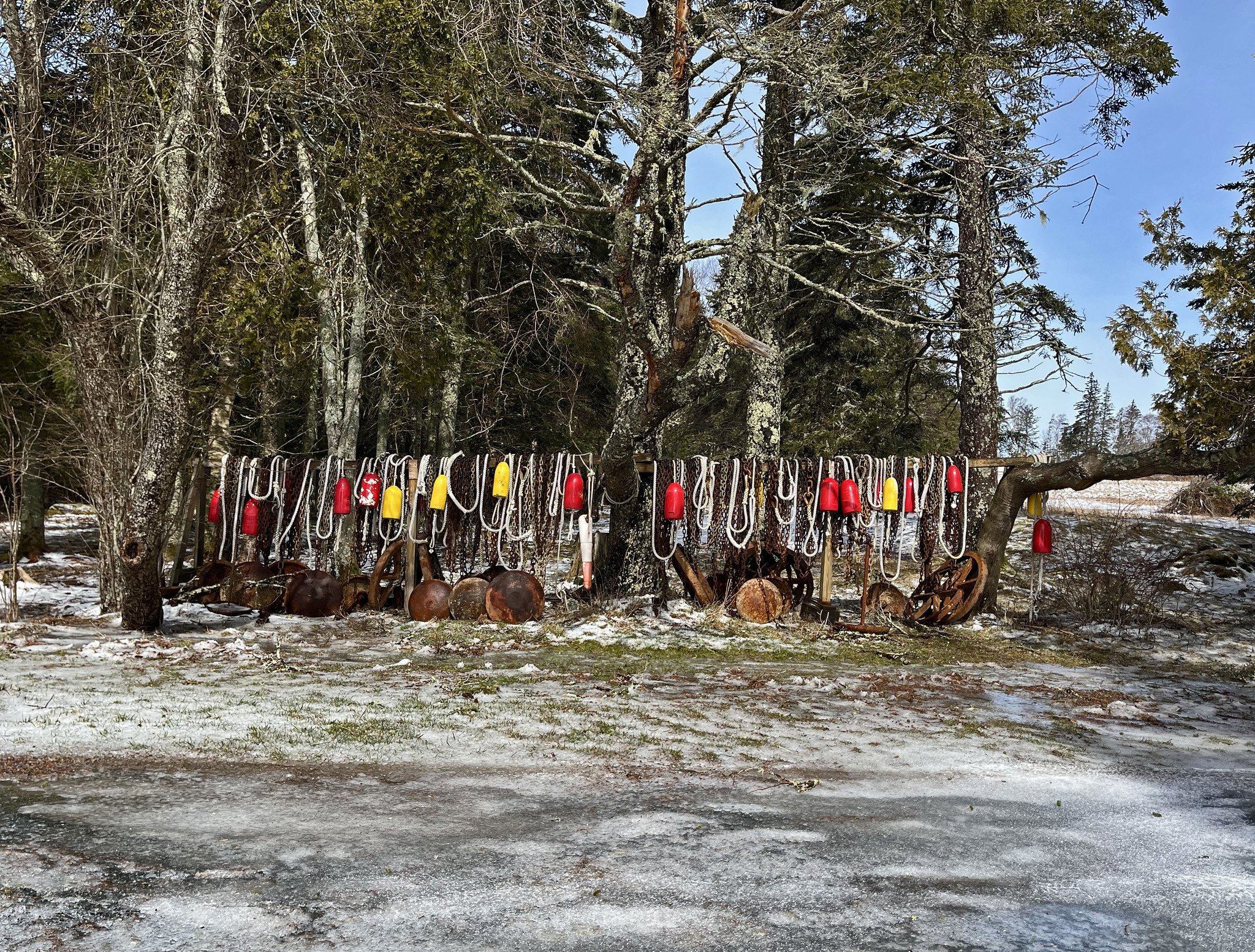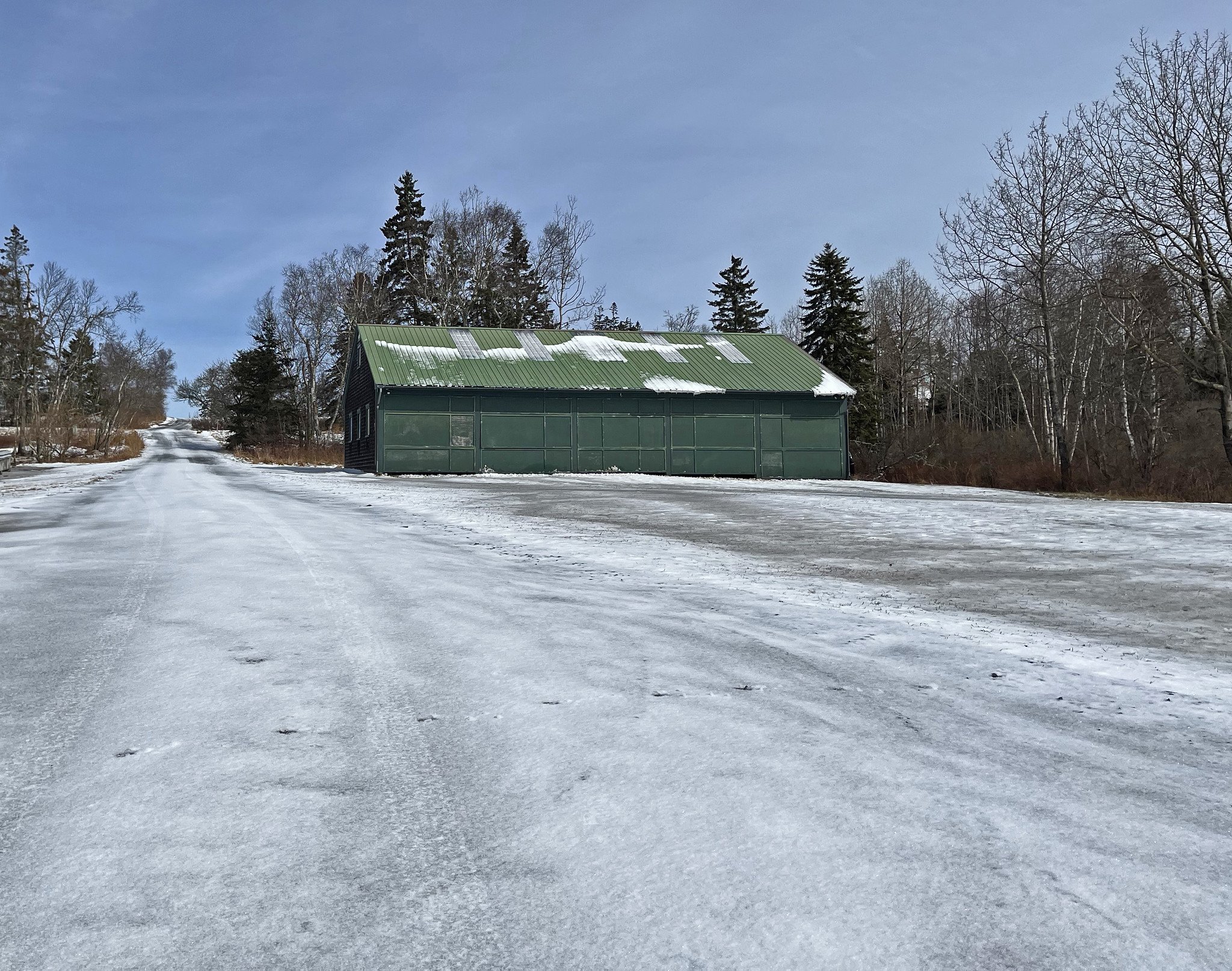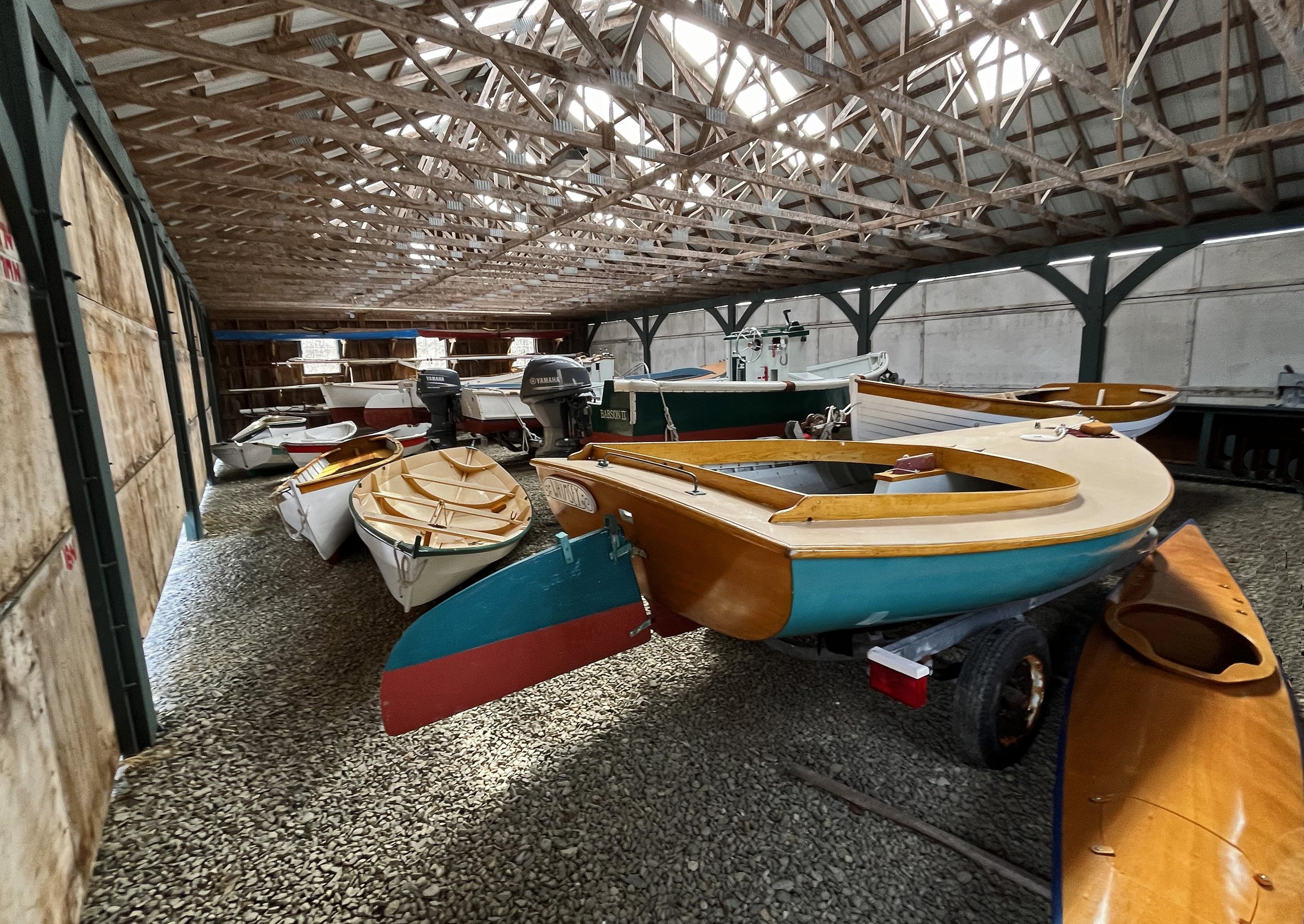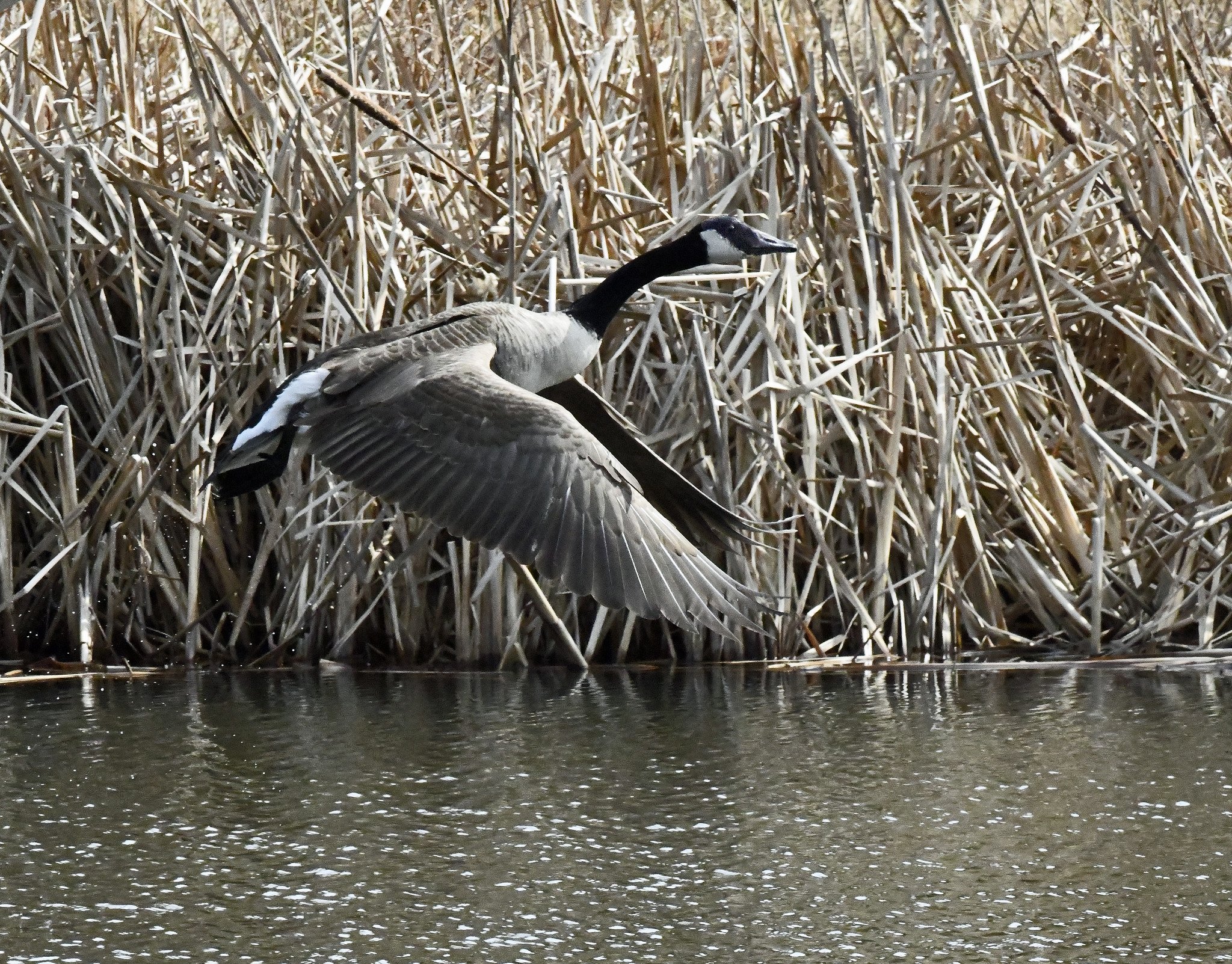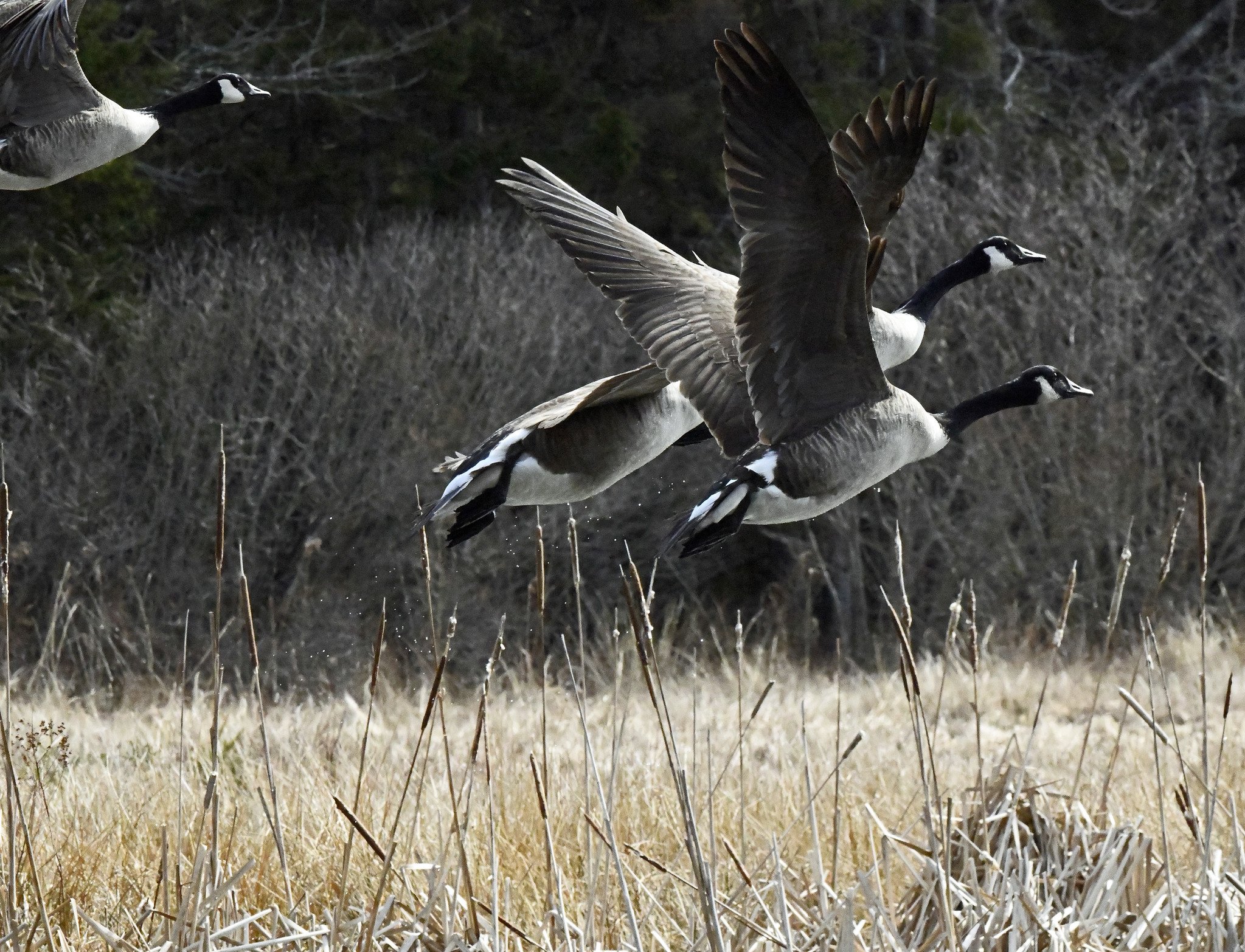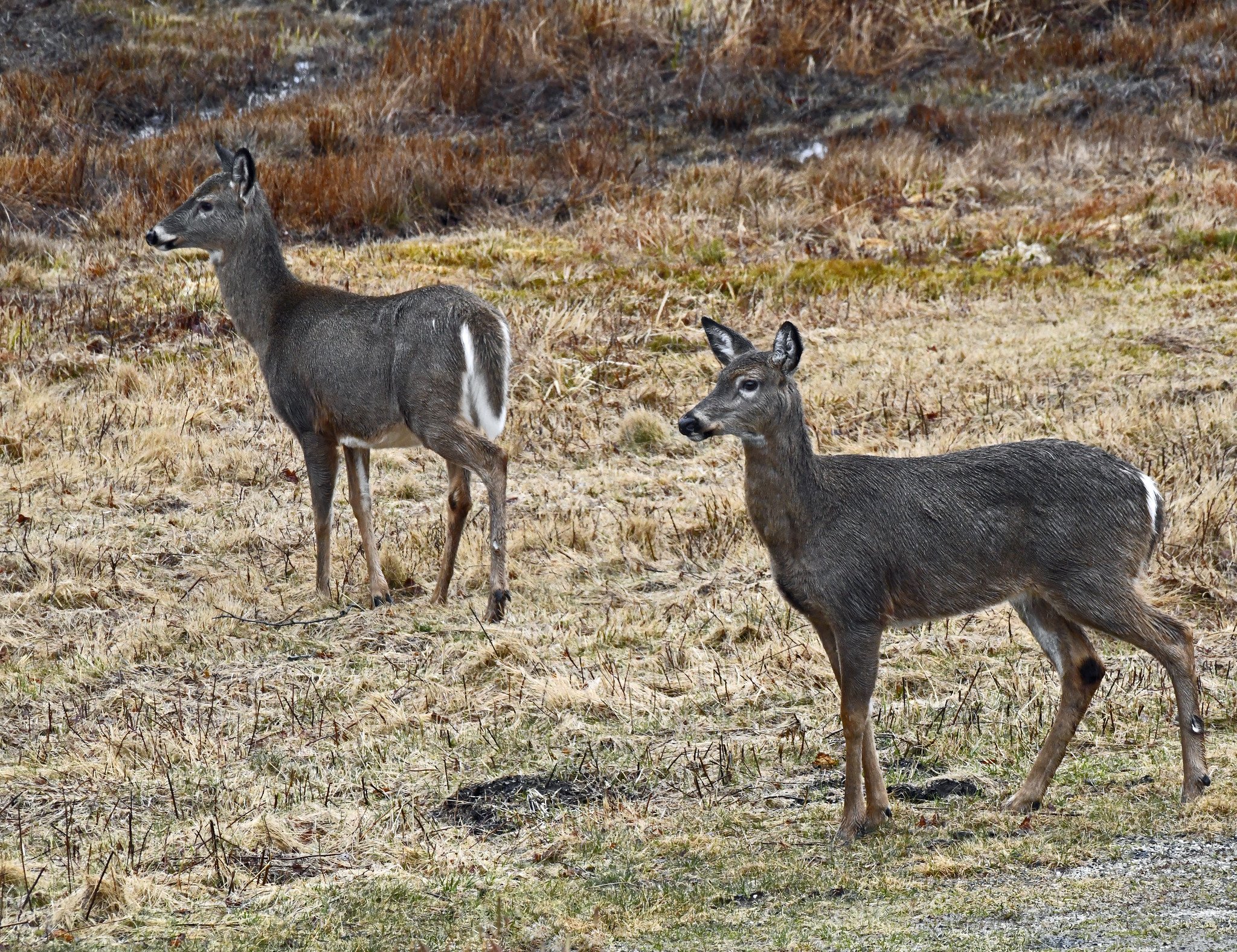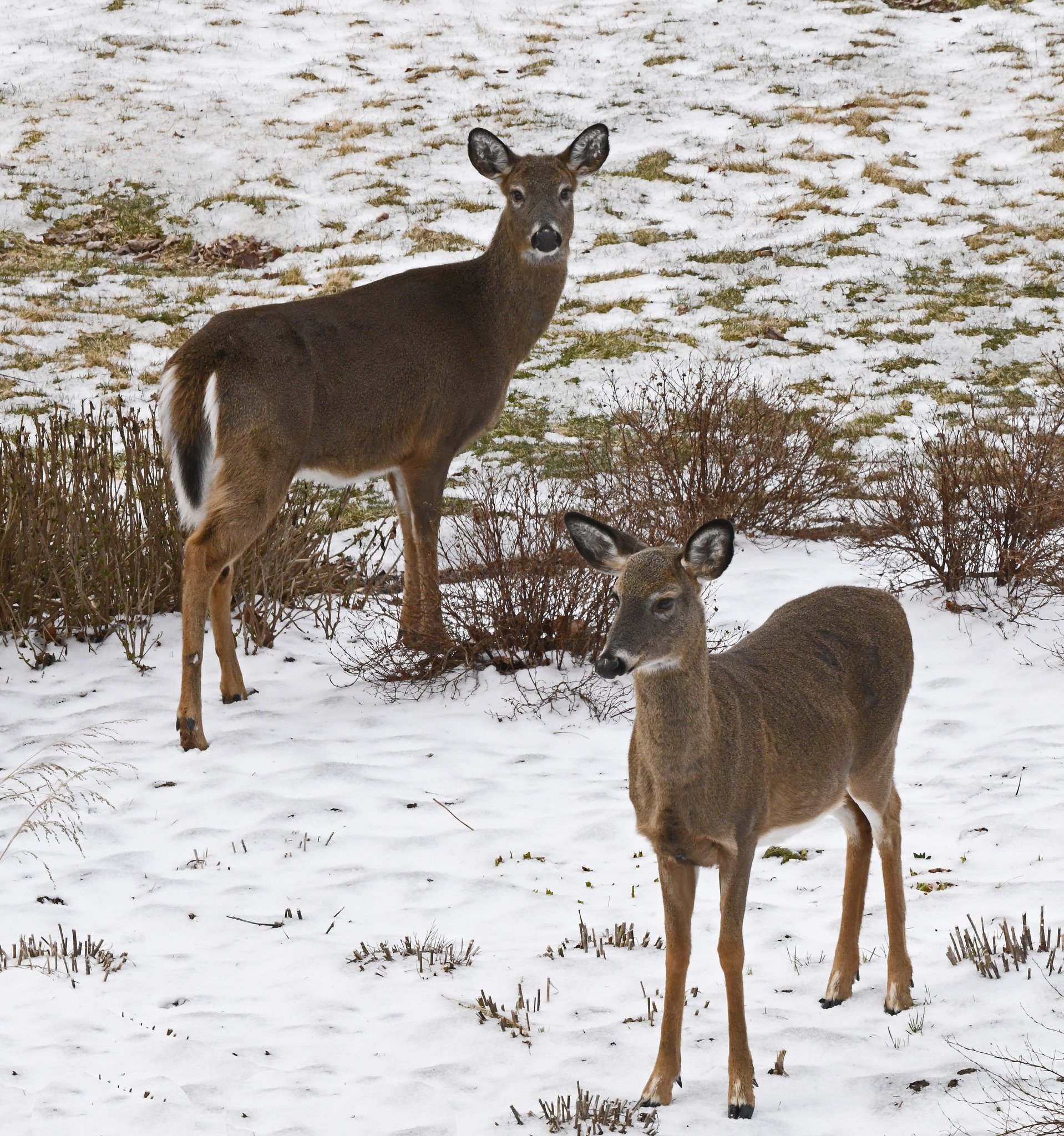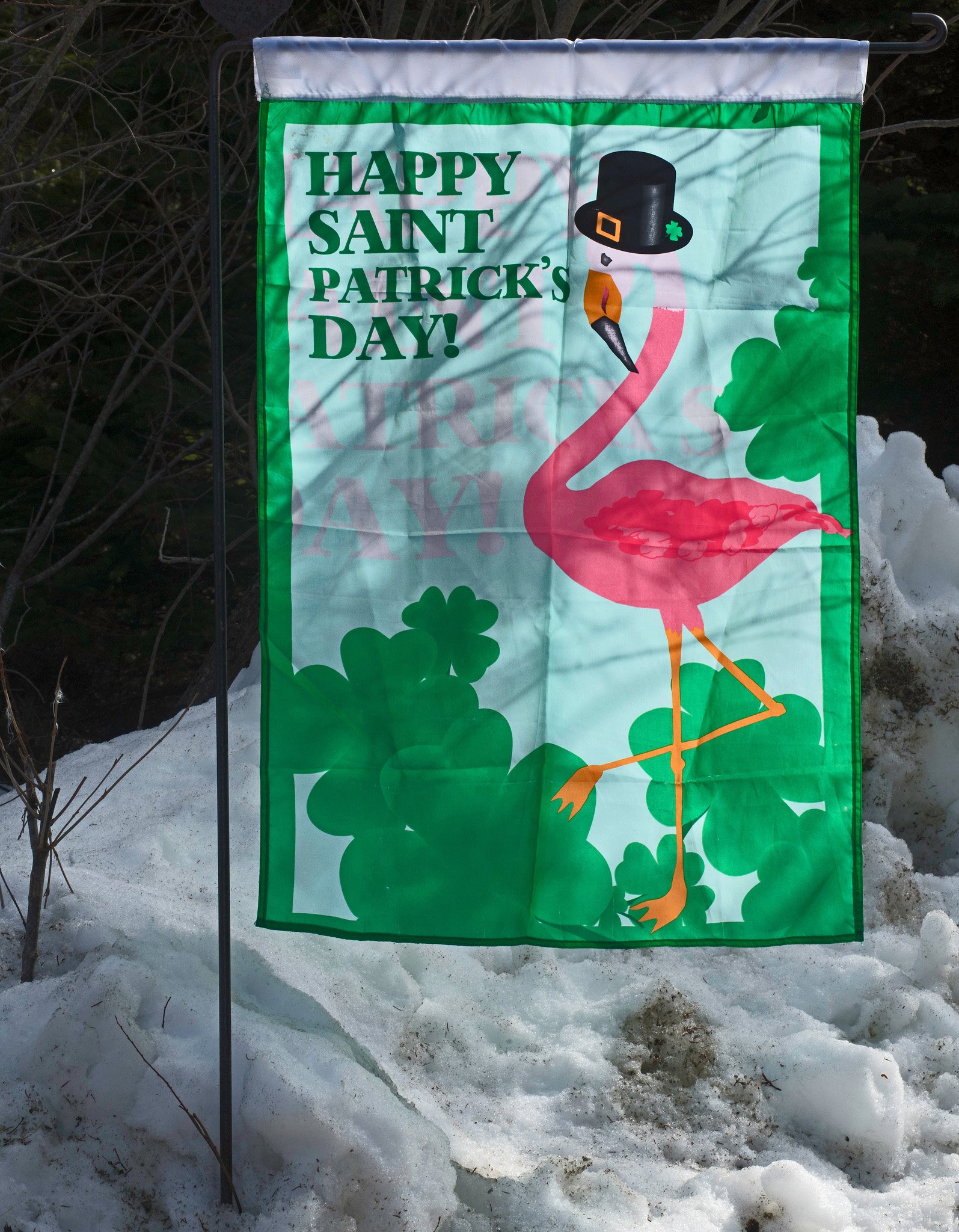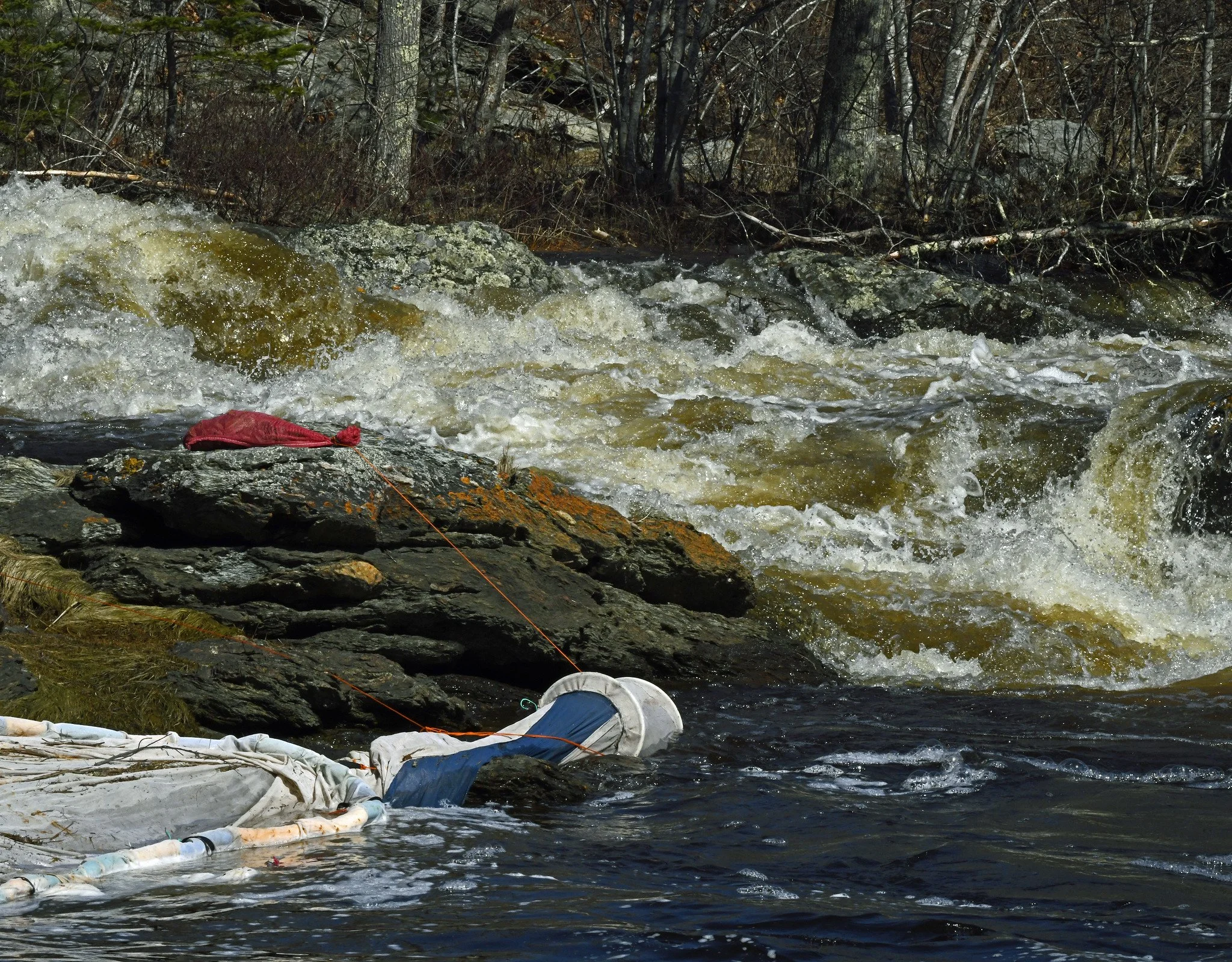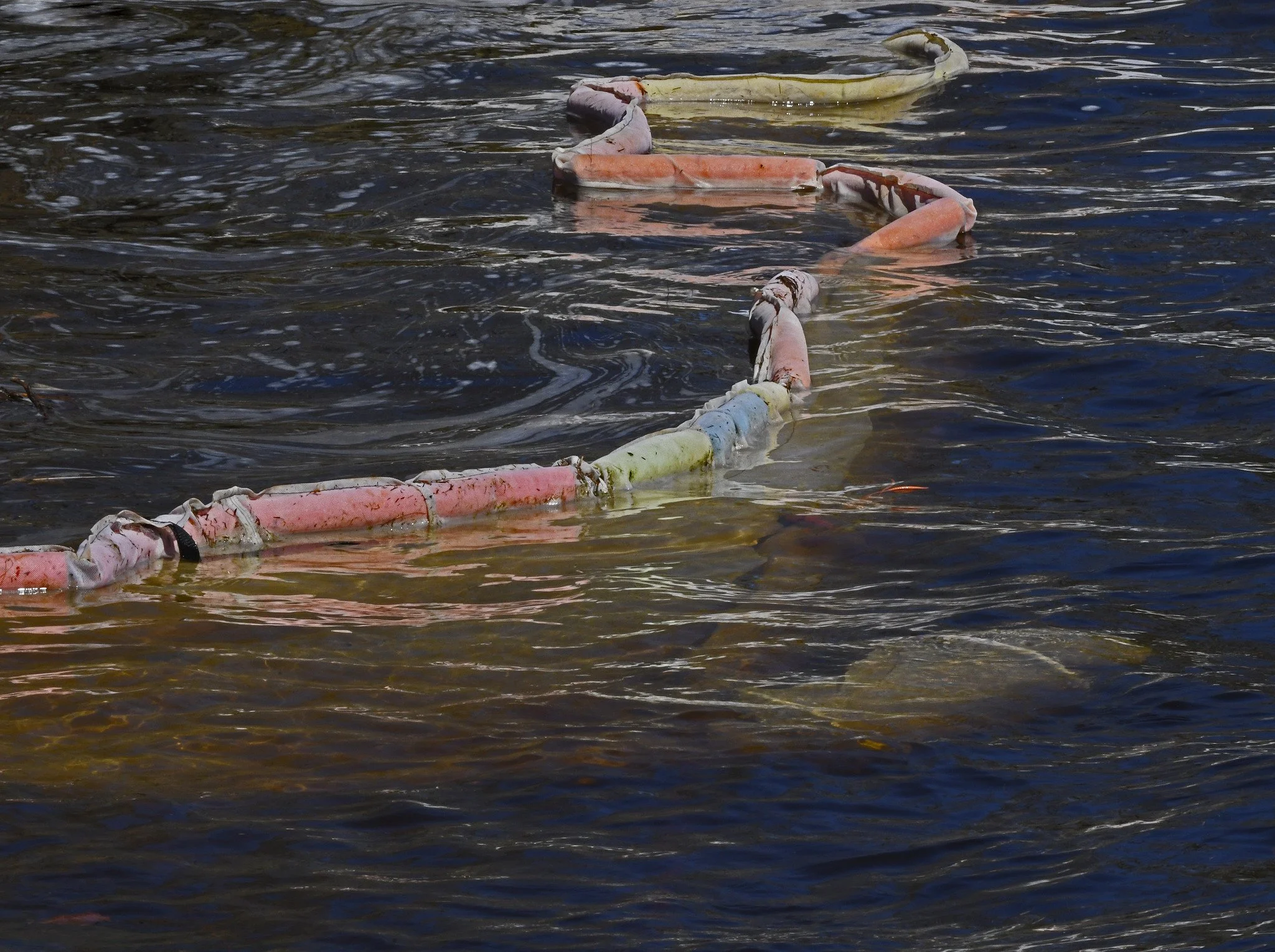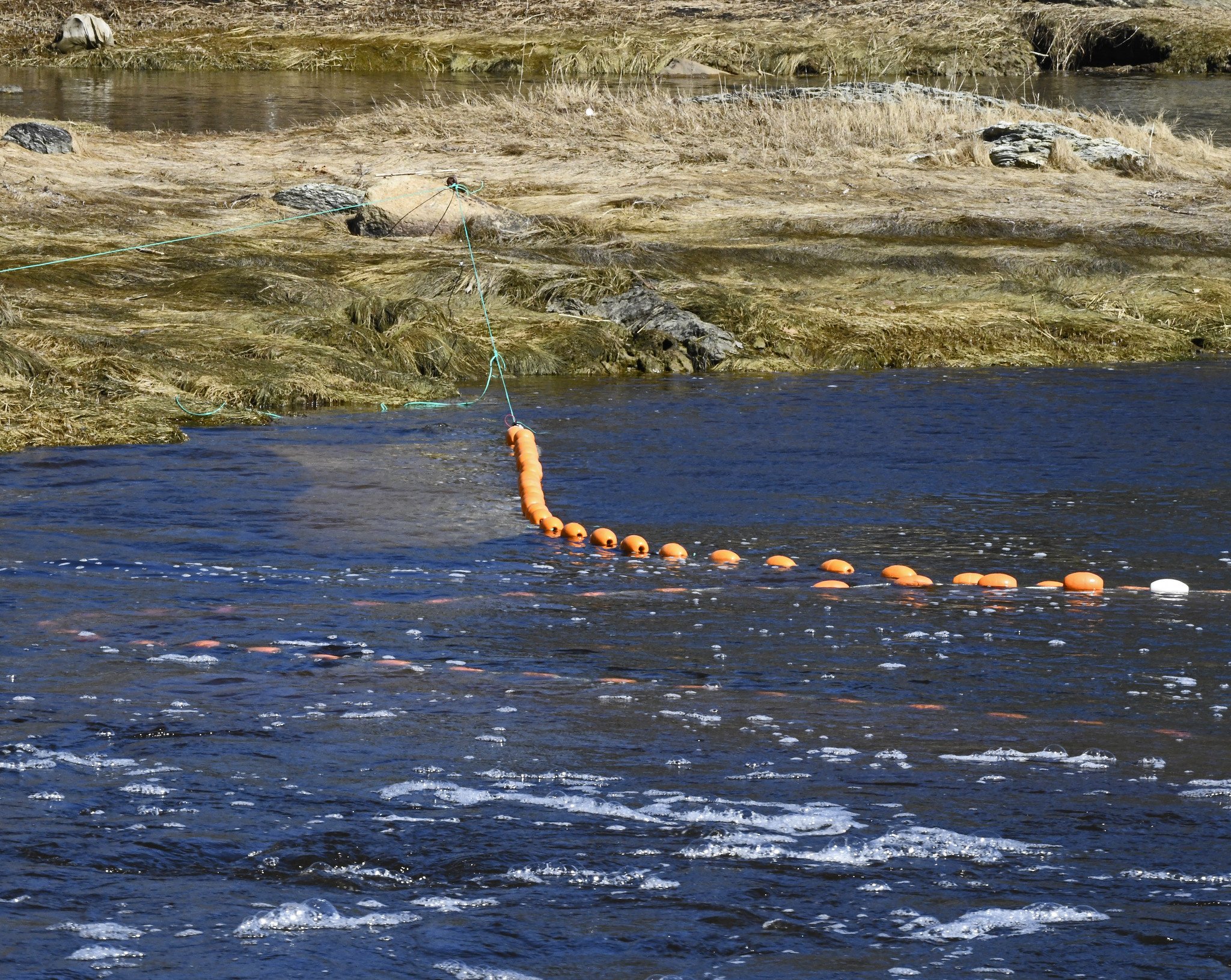I spent a pleasant half-hour yesterday morning watching a well-camouflaged muskrat swimming back and forth and diving and surfacing in our pond. The scene was enhanced by his swimming within the abstract art of reflected cattails and his ripples in the dark water turning blue as they reflected the sky:
His real business apparently was inspecting this waterfront property to determine whether it was suitable for a summer residence for him and his prospective family. I hope that he liked it; the price is right for muskrats.
Muskrats are wonderful swimmers. They paddle almost silently with their strong webbed hind feet; and swish their thick, round tails back and forth for extra propulsion. They even know how to scull with that powerful equipment and swim backwards. When they dive, they reportedly can hold their breaths for up to 20 minutes.
Muskrats once were hunted widely for their soft fur and purported rabbit-like taste. (Here’s part of one old recipe: “Skin and remove all fat from hams … sauté until golden … [s]erve with creamed celery.”) They get their name from the strong scent that they use to mark their territory and their rat-like looks, especially when seen with their long tail fully in view. (Images taken in Brooklin, Maine, on April 14, 2024.)






